Never would I have imagined we would have the excitement and success we had on our India Wildlife and Tiger safari. Not even after our incredible few days in Ranthambore last year, which I wrote about in the post “Tigers in the wild, Beyond Expectations”.
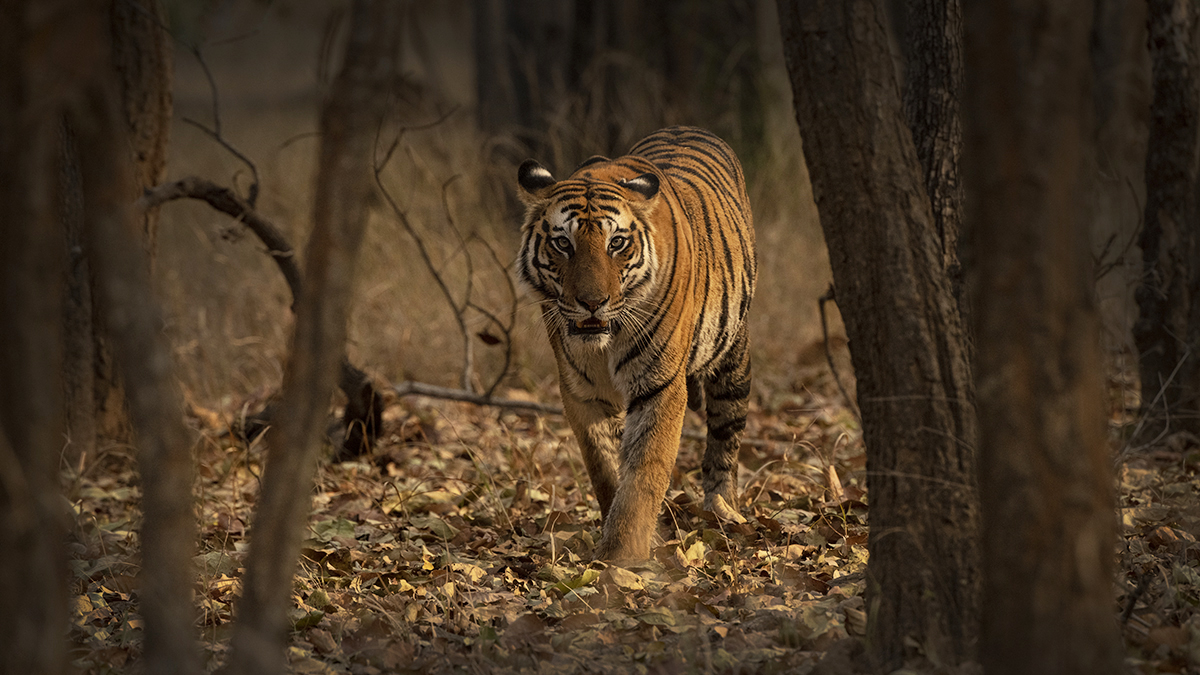 Like many of you, in the past, when the words Tiger Safari were mentioned, I was skeptical. Probably one of the main reasons was the bad wrap they seem to have by many who had gone on a Tiger Safari and left disappointed. What I have discovered over the past few years, as in most successful wildlife photography, one must not simply drop in with grand expectations. Instead, one must do the upfront work and stack the deck in their favor.
Like many of you, in the past, when the words Tiger Safari were mentioned, I was skeptical. Probably one of the main reasons was the bad wrap they seem to have by many who had gone on a Tiger Safari and left disappointed. What I have discovered over the past few years, as in most successful wildlife photography, one must not simply drop in with grand expectations. Instead, one must do the upfront work and stack the deck in their favor.
It all really started several years ago when all of us photographers converged on the Maasia Mara during migration season. My colleague and friend, Shivang, shared the same camp for years, and in our many evenings of bantering over a cold Tusker, I simply asked if he would like to team up for a safari in India; and the rest was history as one would say.
 Strategizing, researching, and scheming is part of the grand passion of wildlife photographers; that which is most challenging is usually the most rewarding. This is why I knew it was critical in teaming up with a very experienced Indian wildlife photographer who I knew had years of experience with a great network; to say nothing of one whom I admired as a colleague. As we began scheming and crafting the logistics, guides, drivers, limited all access permits, and the never-ending details to increase our odds, the excitement of the possibilities grew.
Strategizing, researching, and scheming is part of the grand passion of wildlife photographers; that which is most challenging is usually the most rewarding. This is why I knew it was critical in teaming up with a very experienced Indian wildlife photographer who I knew had years of experience with a great network; to say nothing of one whom I admired as a colleague. As we began scheming and crafting the logistics, guides, drivers, limited all access permits, and the never-ending details to increase our odds, the excitement of the possibilities grew.
I learned both through numerous conversations and from boots on the ground in India that a key element to increasing your odds is having intimate knowledge of all cats in all reserves. Knowing whom the breeding Tigers are, if they are breeding, if they are having cubs, when they are having cubs, how old the cubs are (important in relation to the survival rate), and how territories overlap is very important in trying to determine what reserves and what areas are going to be best in a given year.
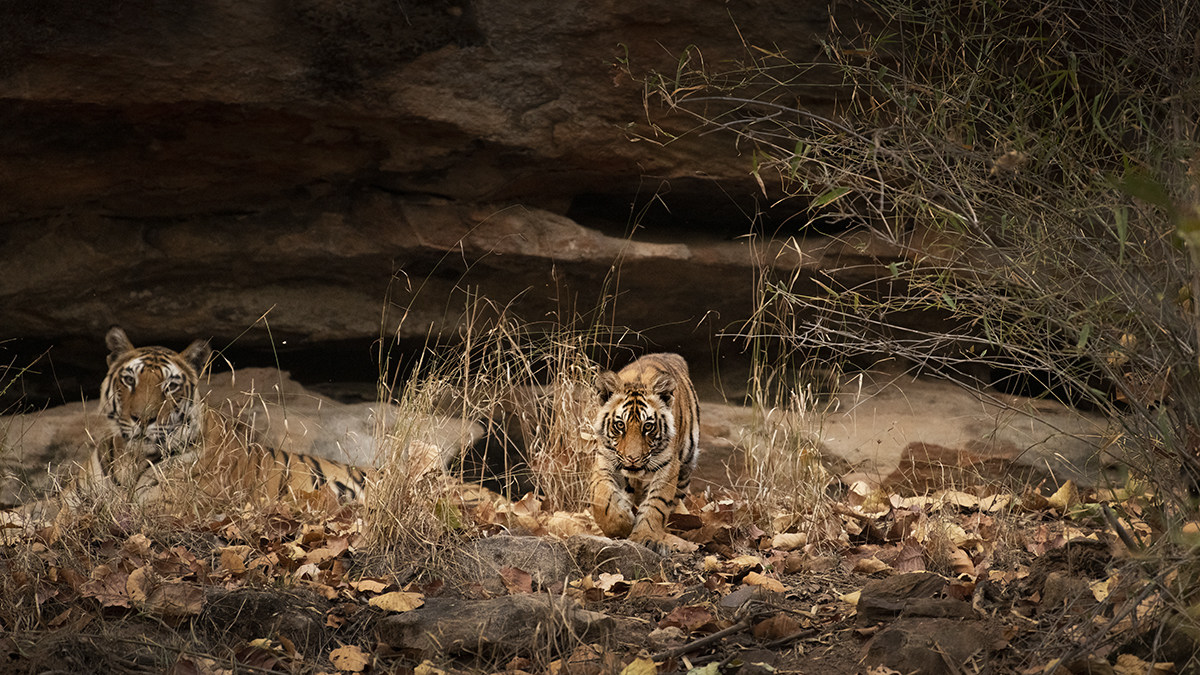
Although the Tiger is one of the most impressive cats in the world and our planning was based around where we thought we might have the best sightings, we did not want to limit our experience by only offering a Tiger-centric Safari. You see, going into only one place, focusing only on getting photographs of Tigers, and spending all our time only in the phases of Tiger would lead to frustration, boredom, torture, madness, and ecstasy!
Believe me, we went through all the stages and more, but that is part of the adventure!
Tigers live in different forests and environments, which provide great dramatic lighting on all of their wildlife, something most of us thrive on. So, we wanted to plan a multiple location safari to take advantage of the variety. Central India is the Tiger capital of the world, so each reserve chosen had tigers (and we got lucky in all three locations), but each reserve also provided a unique environment adding variety to the safari experience and portfolio of images.
Never through all our planning did I think we would all come back with this much editing. I am warning you: there are a lot of images below, but at the end, I have added valuable tips if a Tiger Safari is on your bucket list.
The Langurs are a favorite to photograph, especially with all the beautiful side and back light.
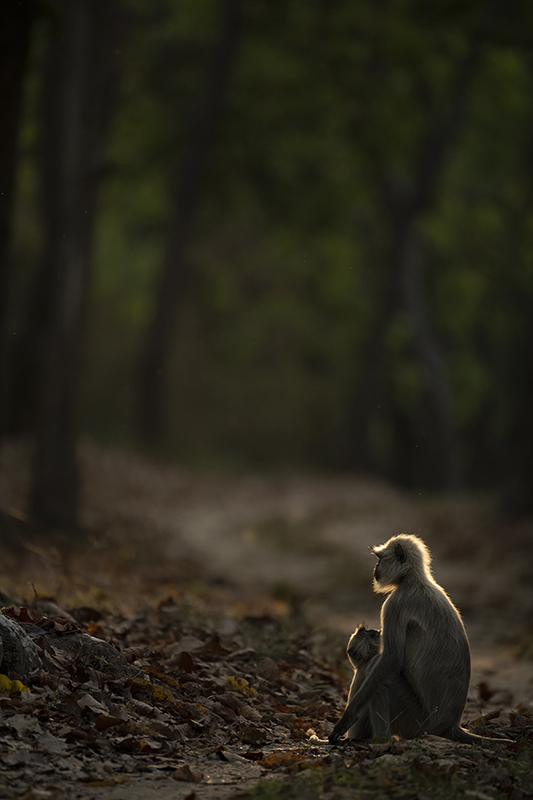
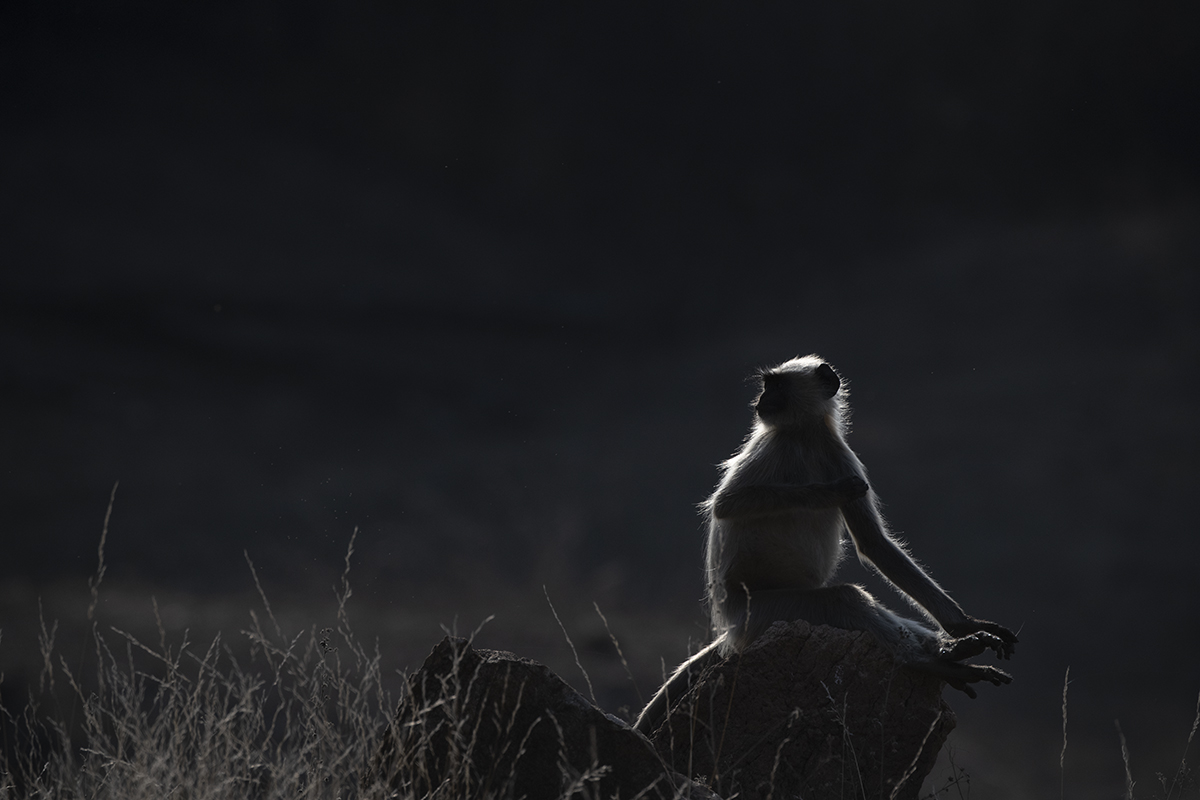
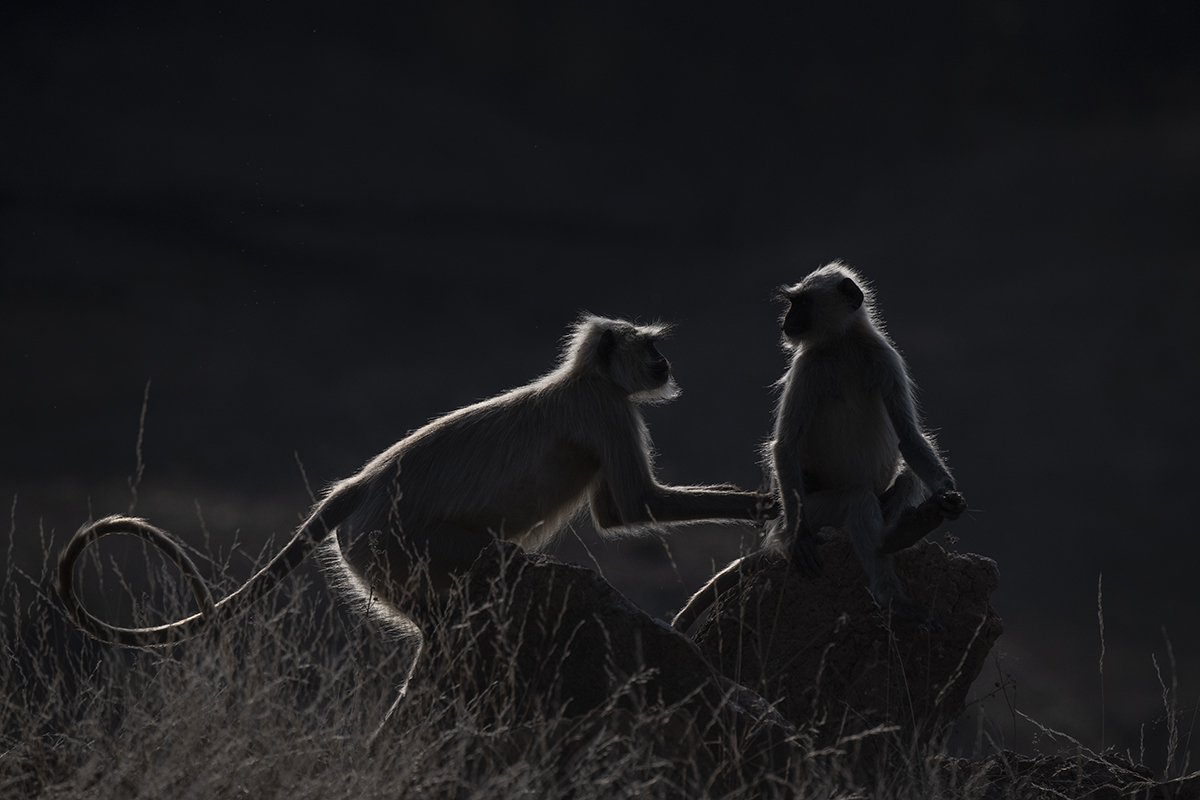
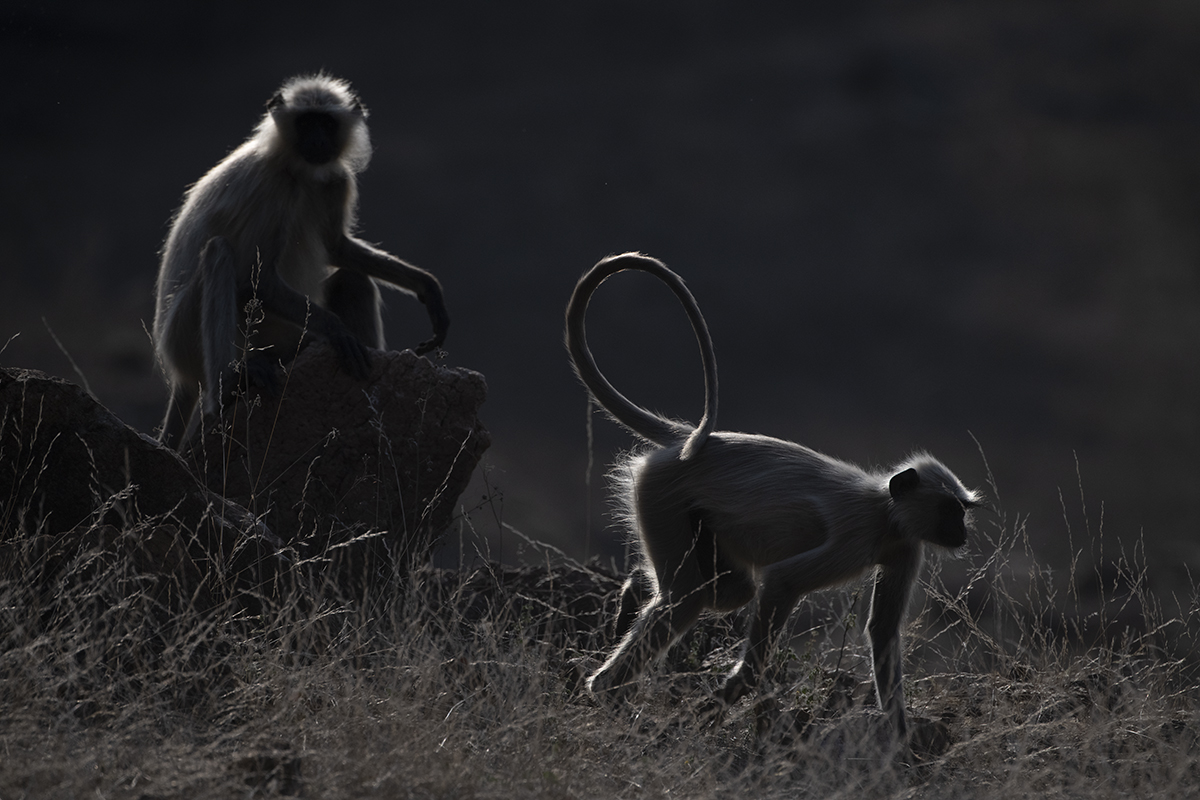
For those of you who love to work interesting dramatic natural light, you will love photographing the tigers and the wildlife through the forest.
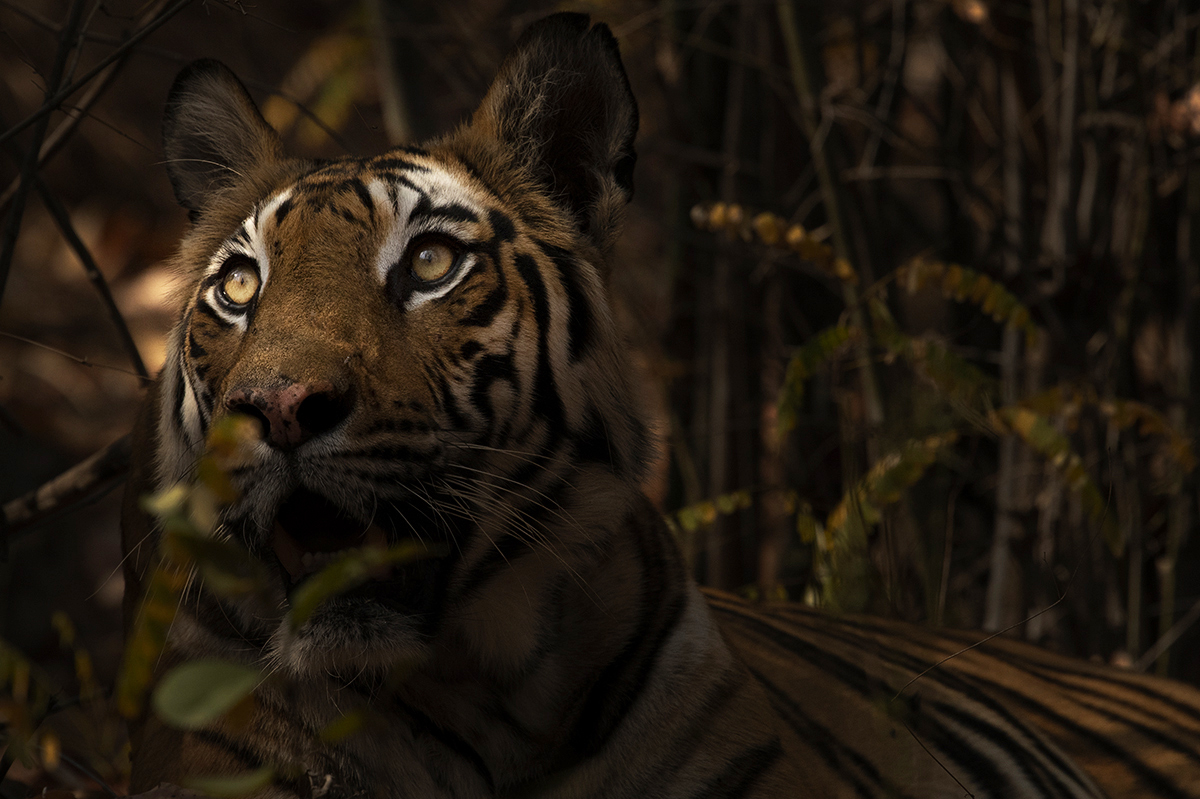
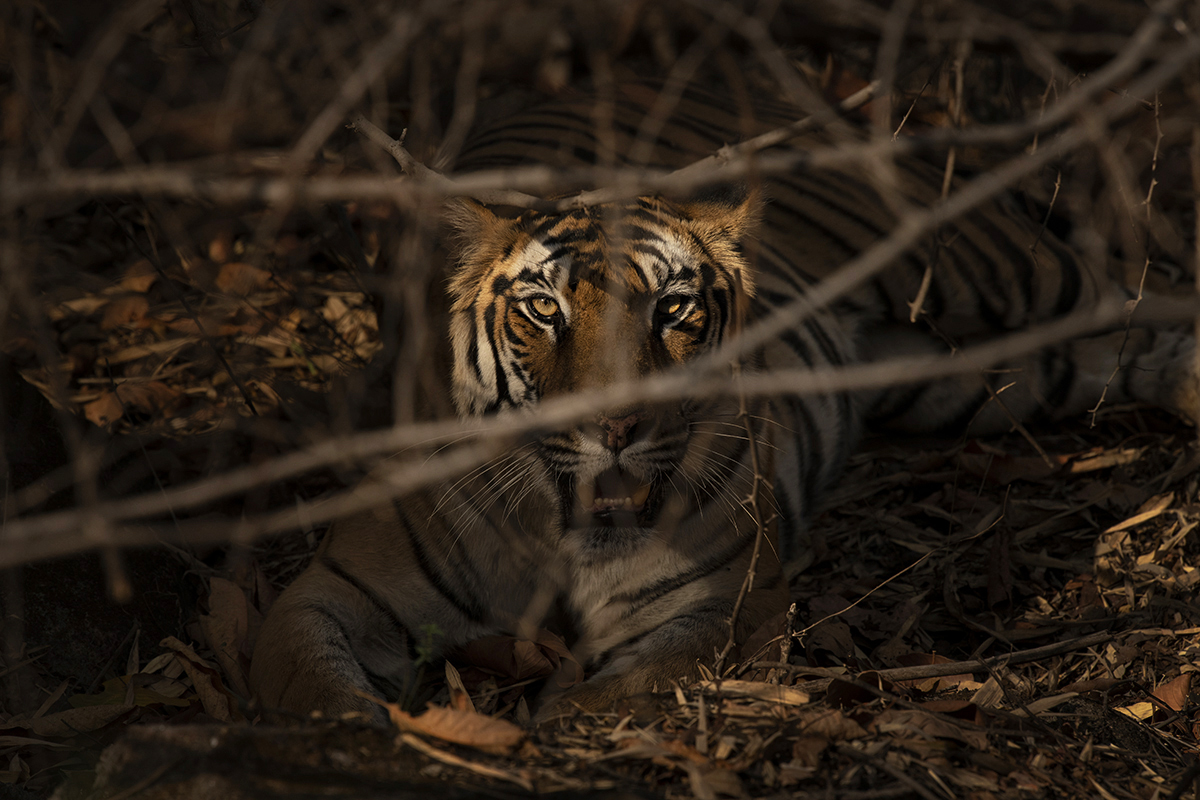
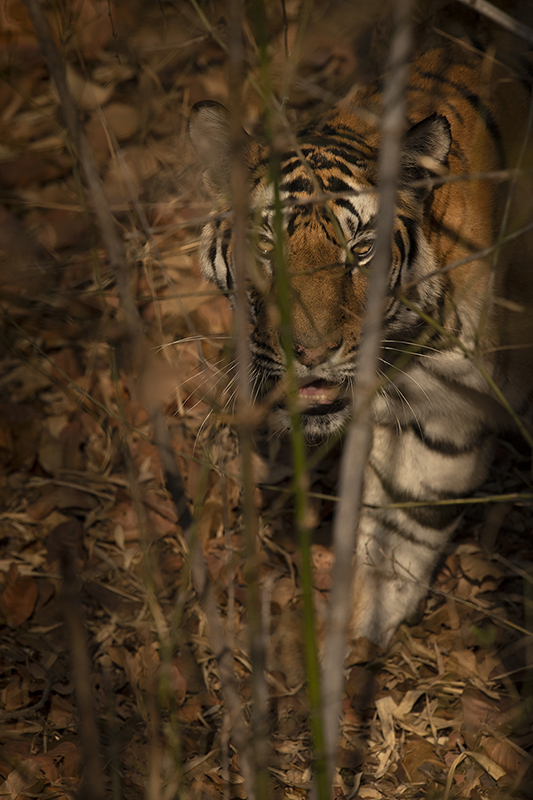
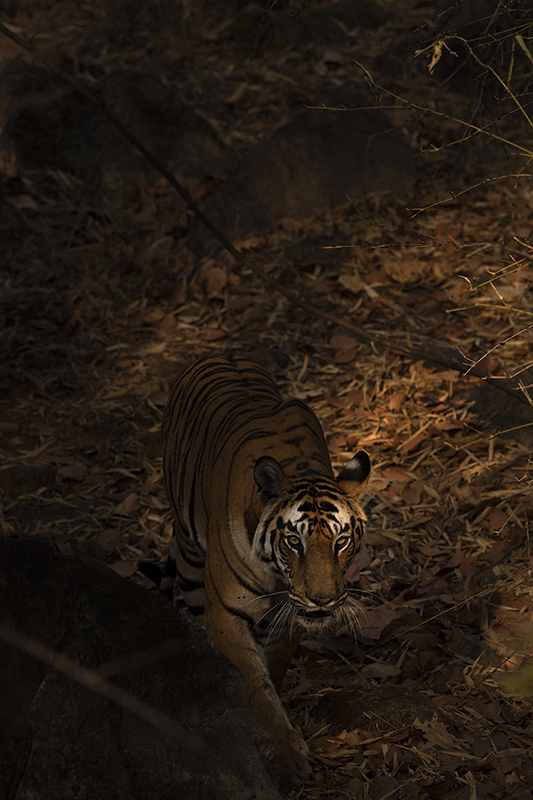
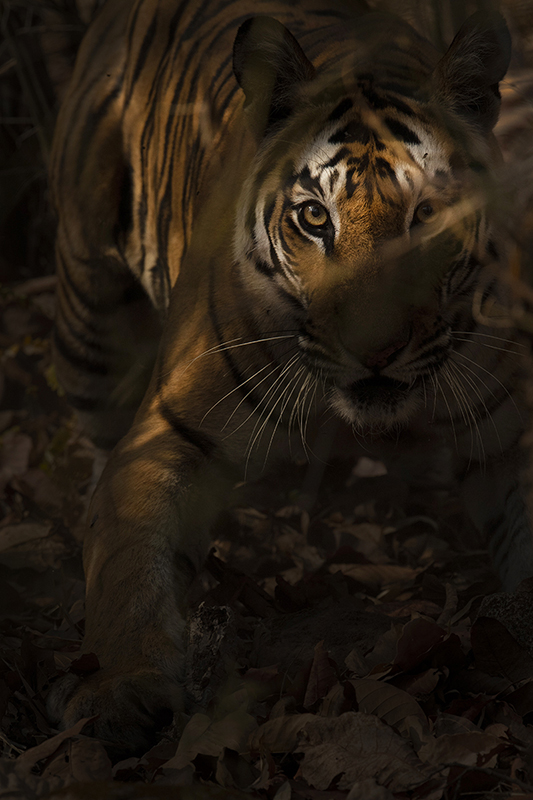
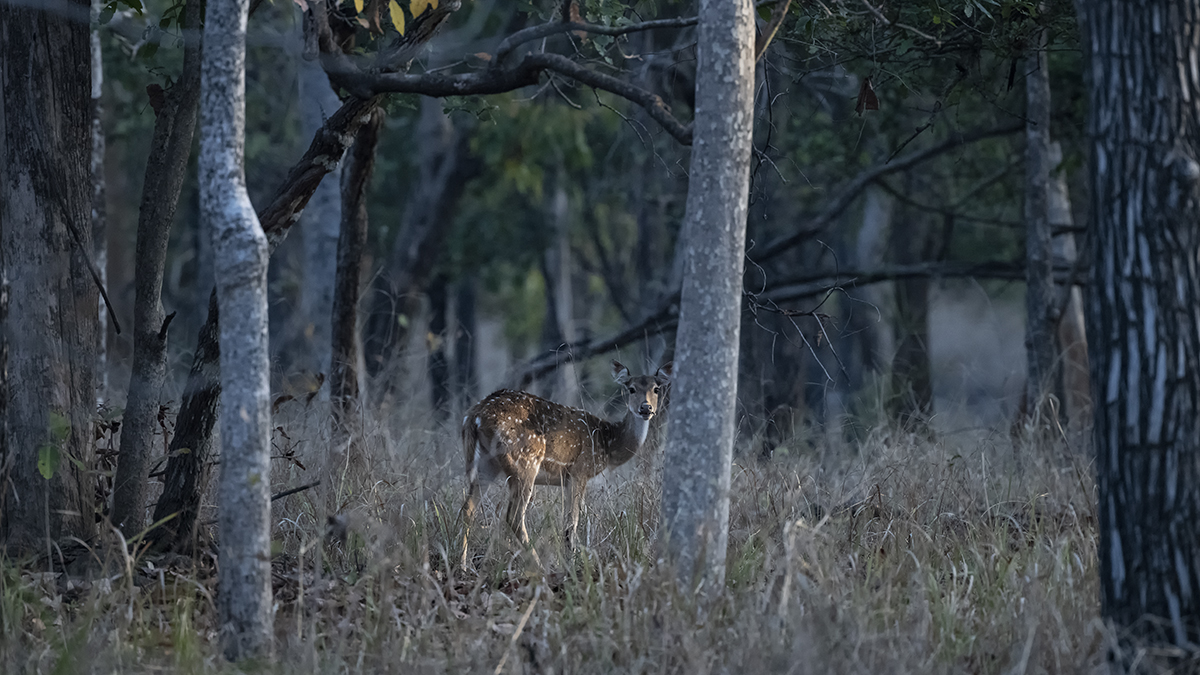
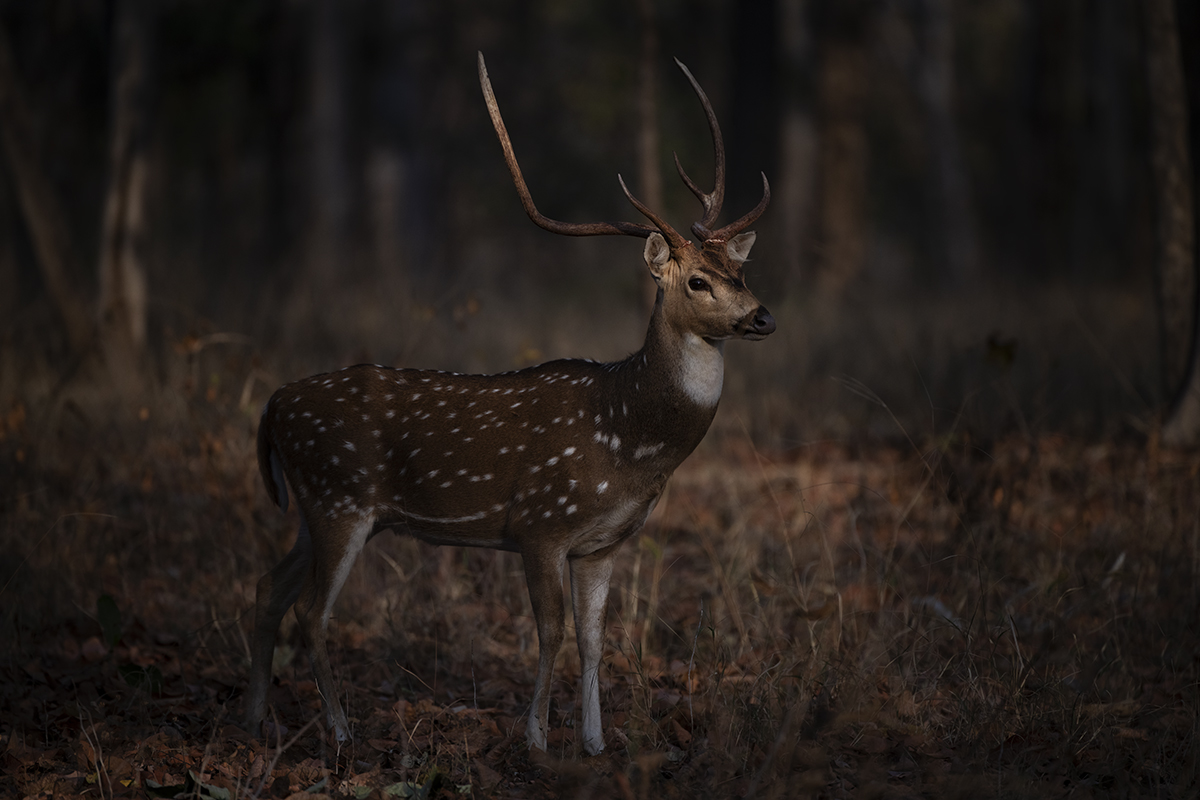
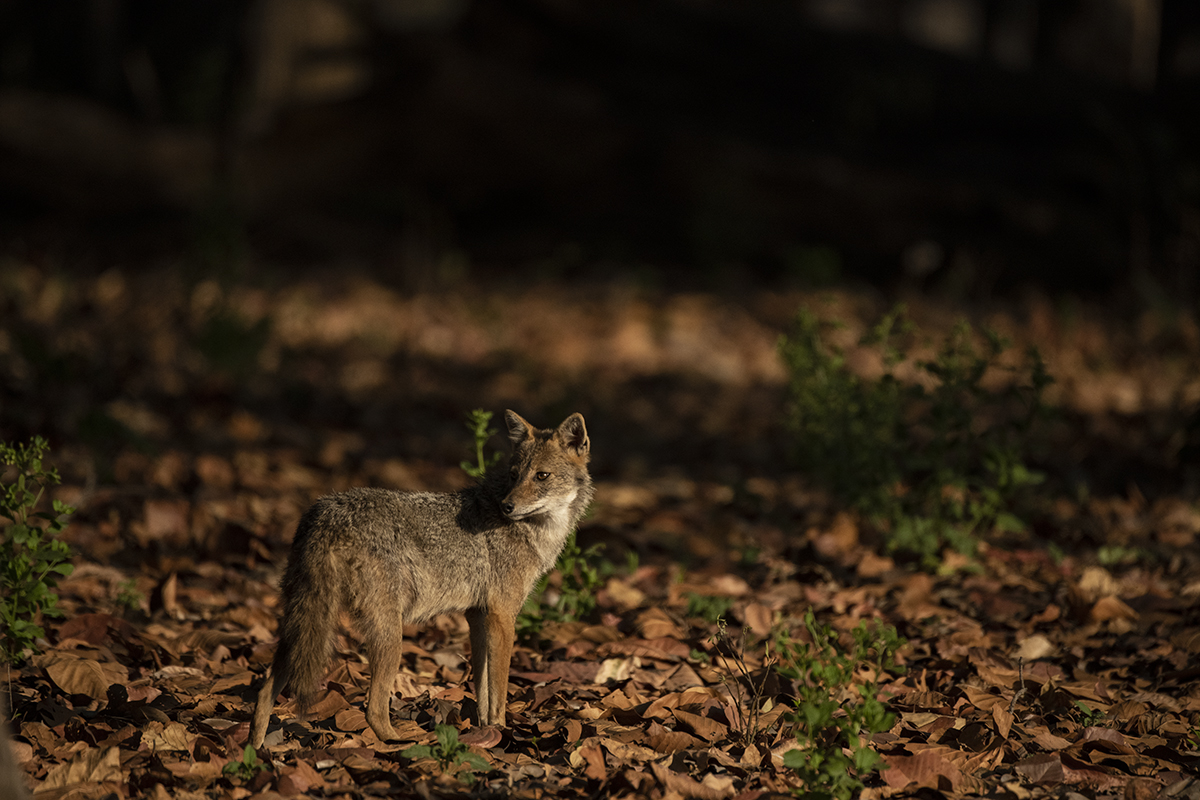
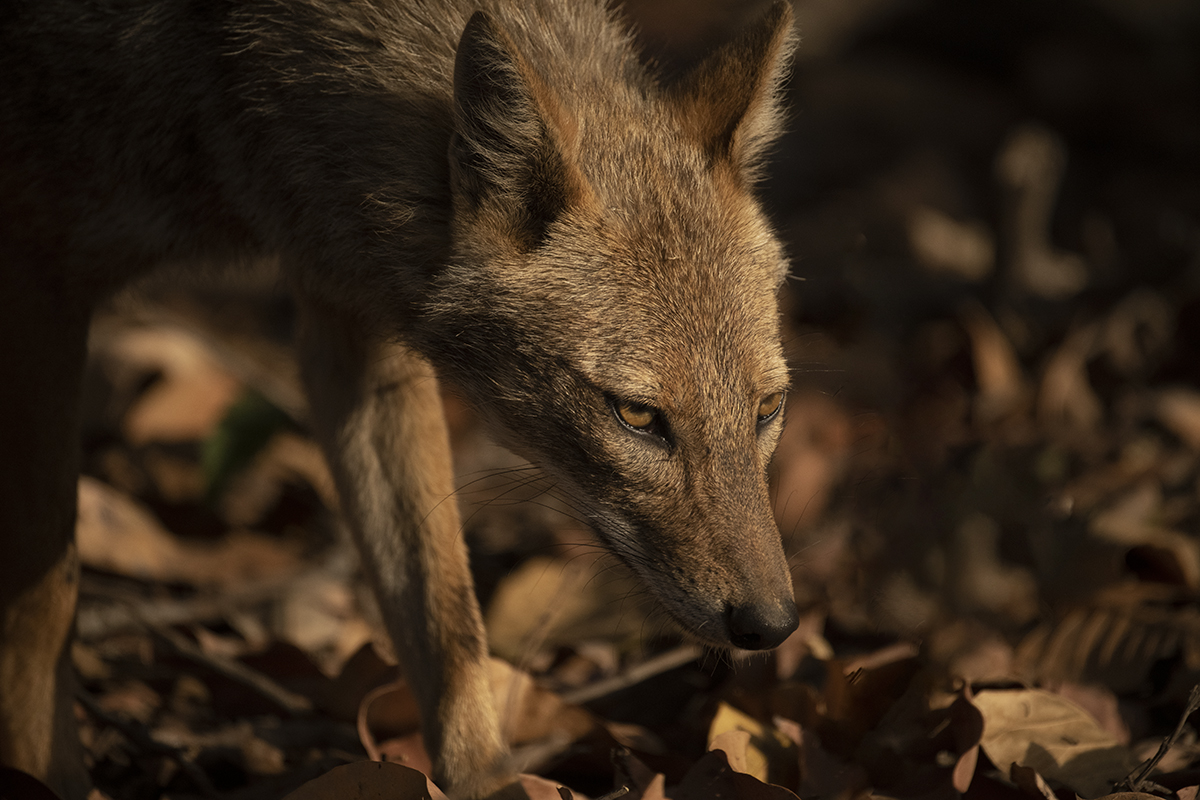
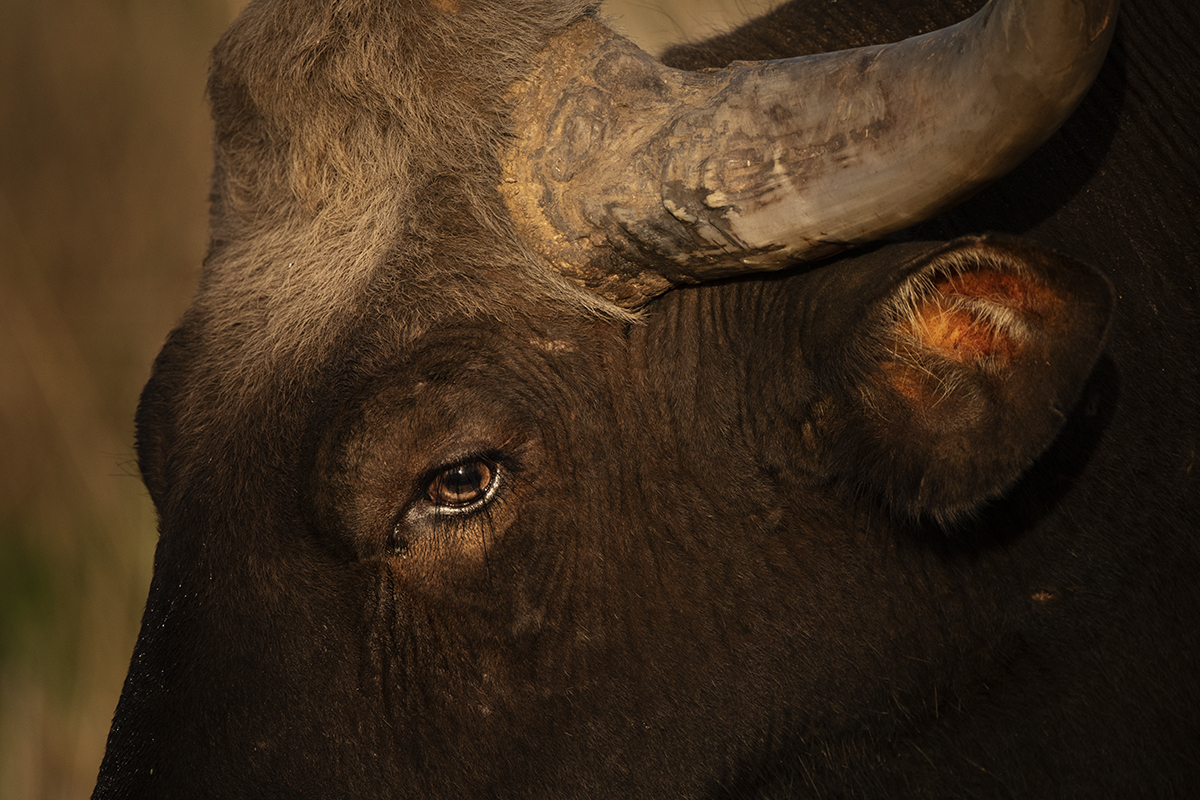
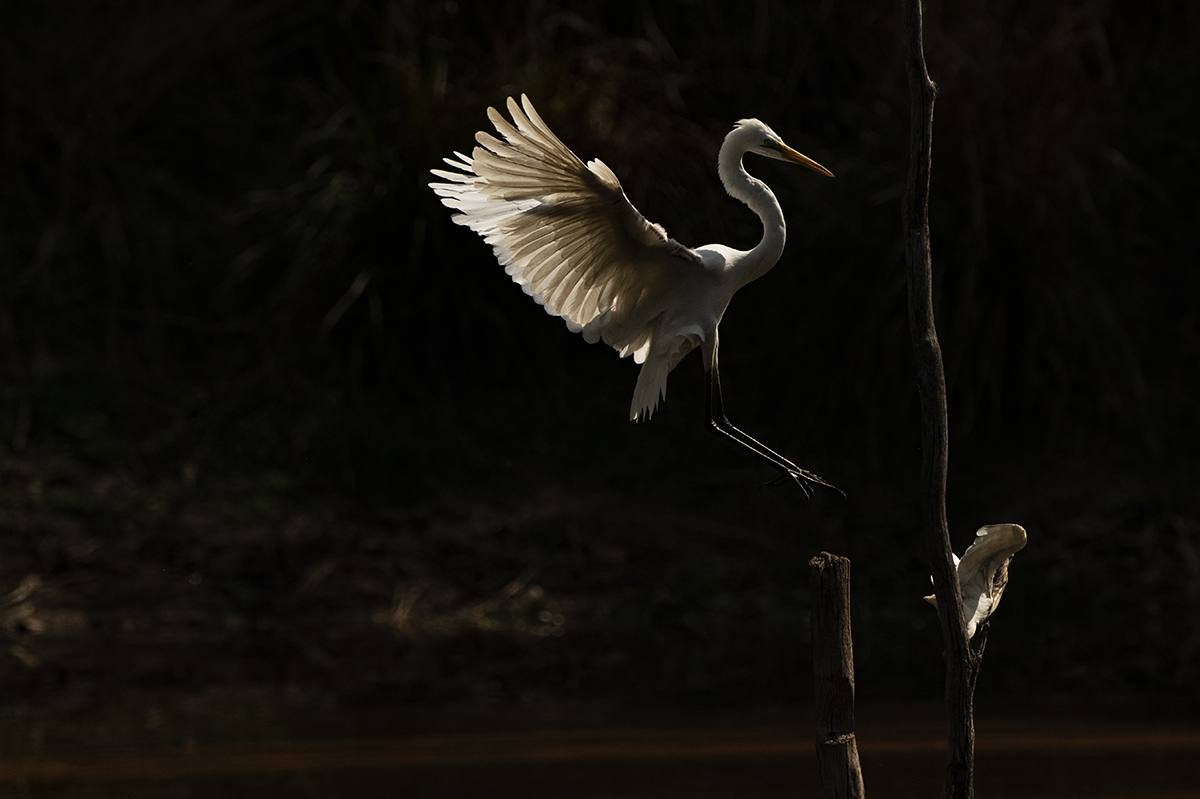
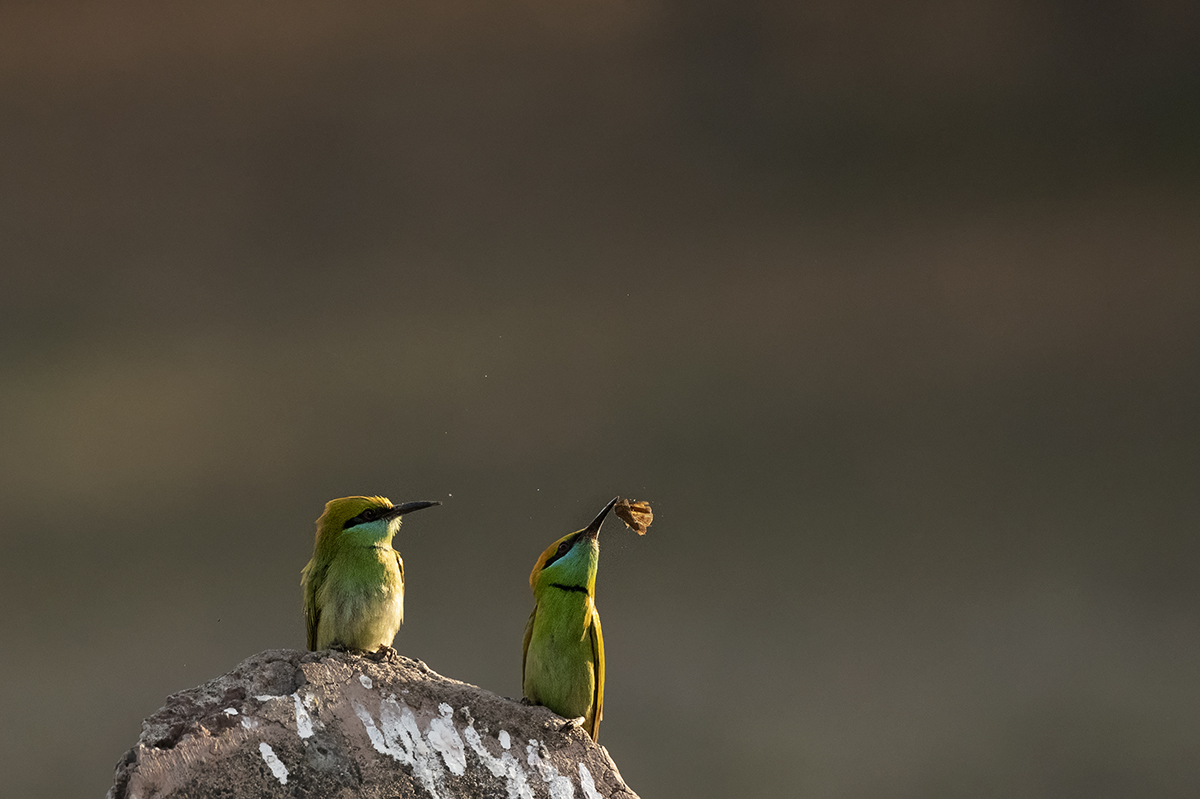
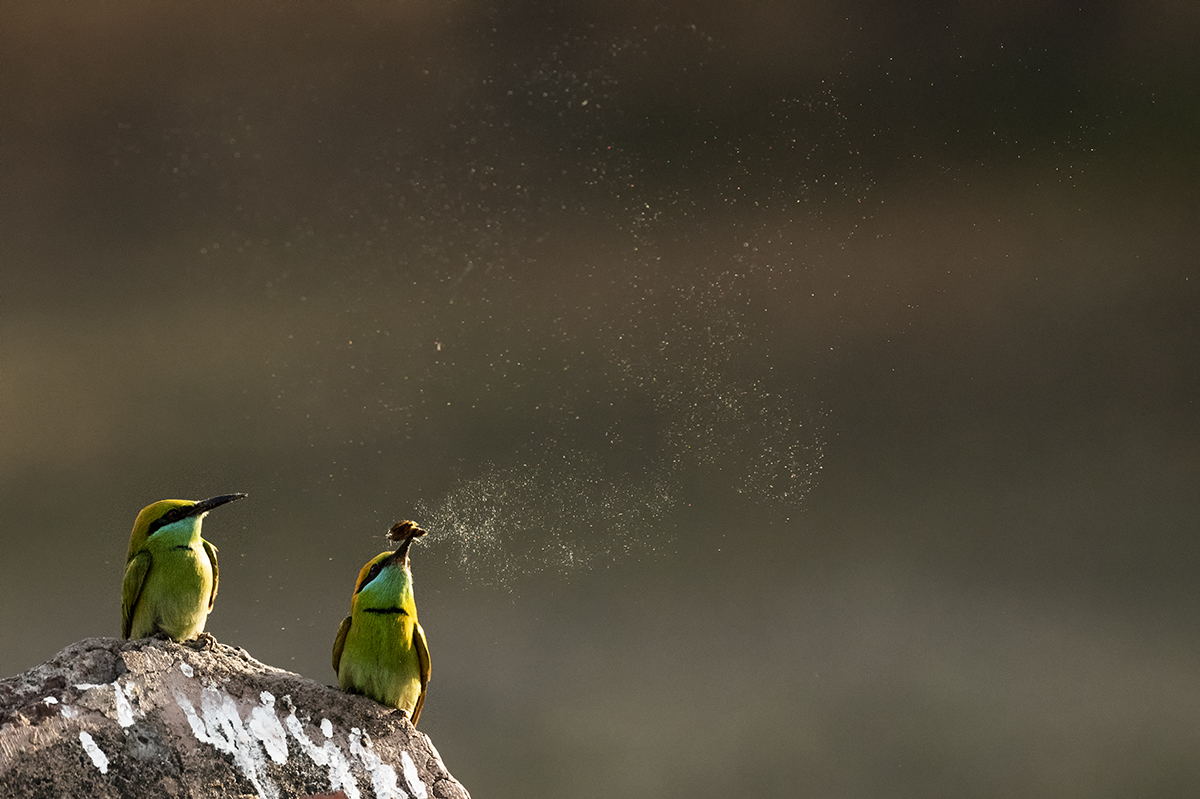
One of many memorable mornings is when were able to enter the early and found Dotty’s three cubs. They are about 10-11 months old and played for at least an hour, in the early light.
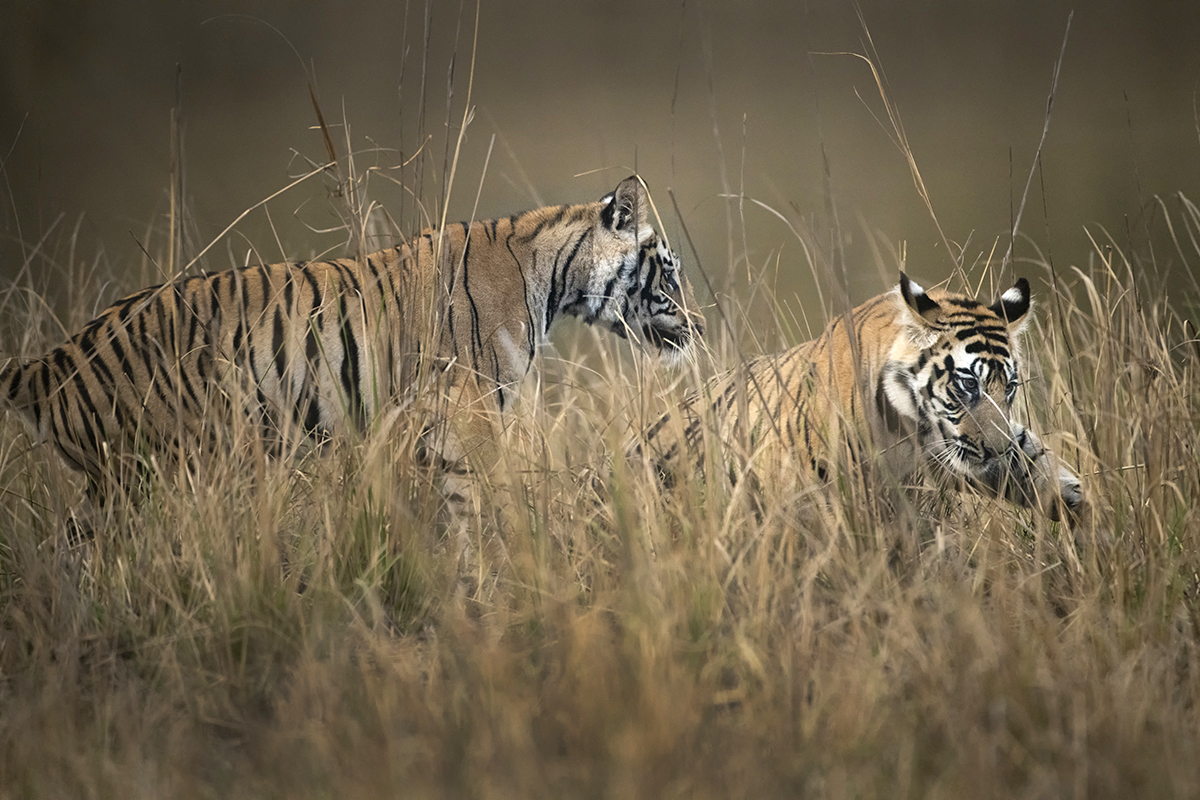
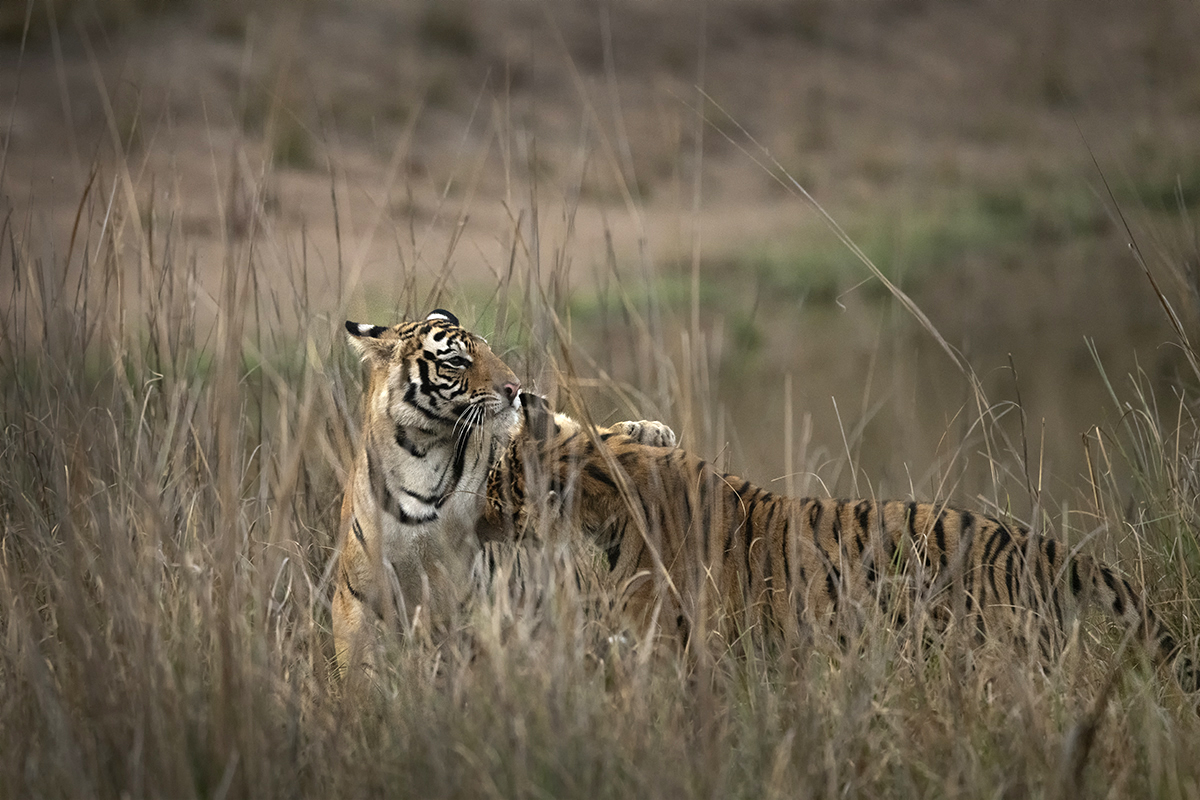
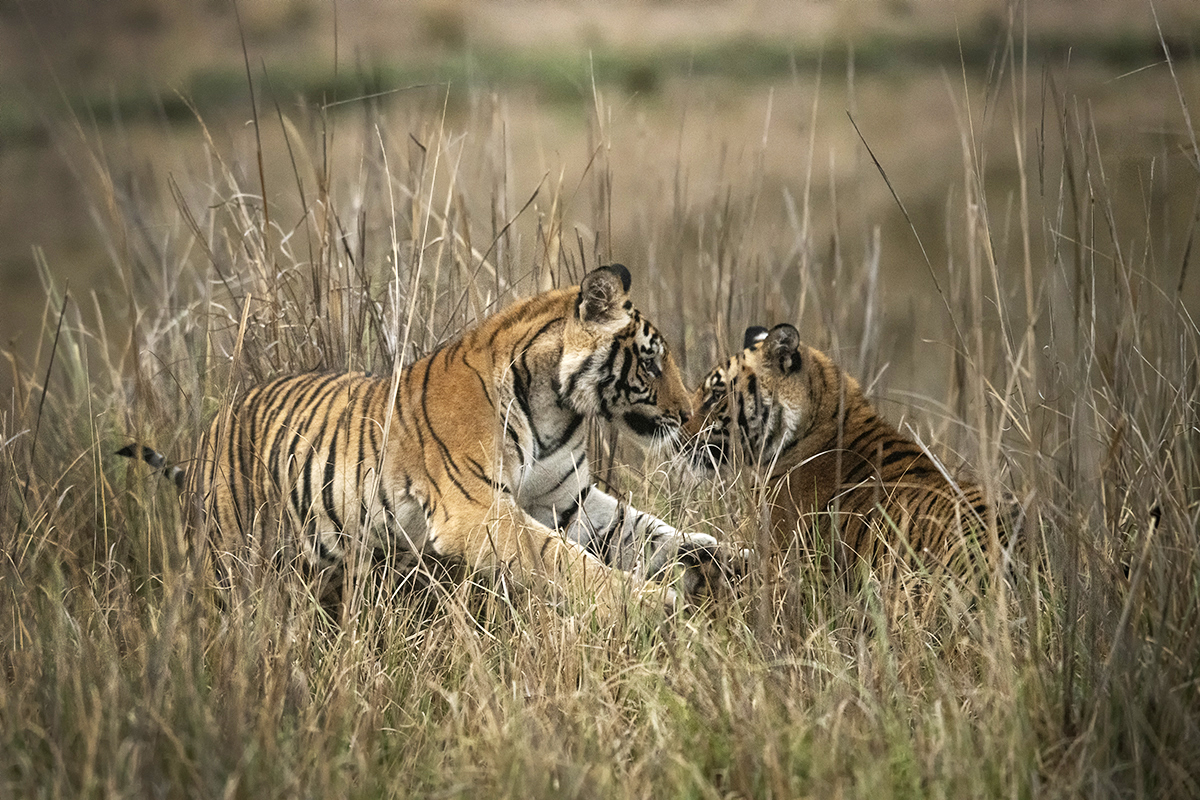
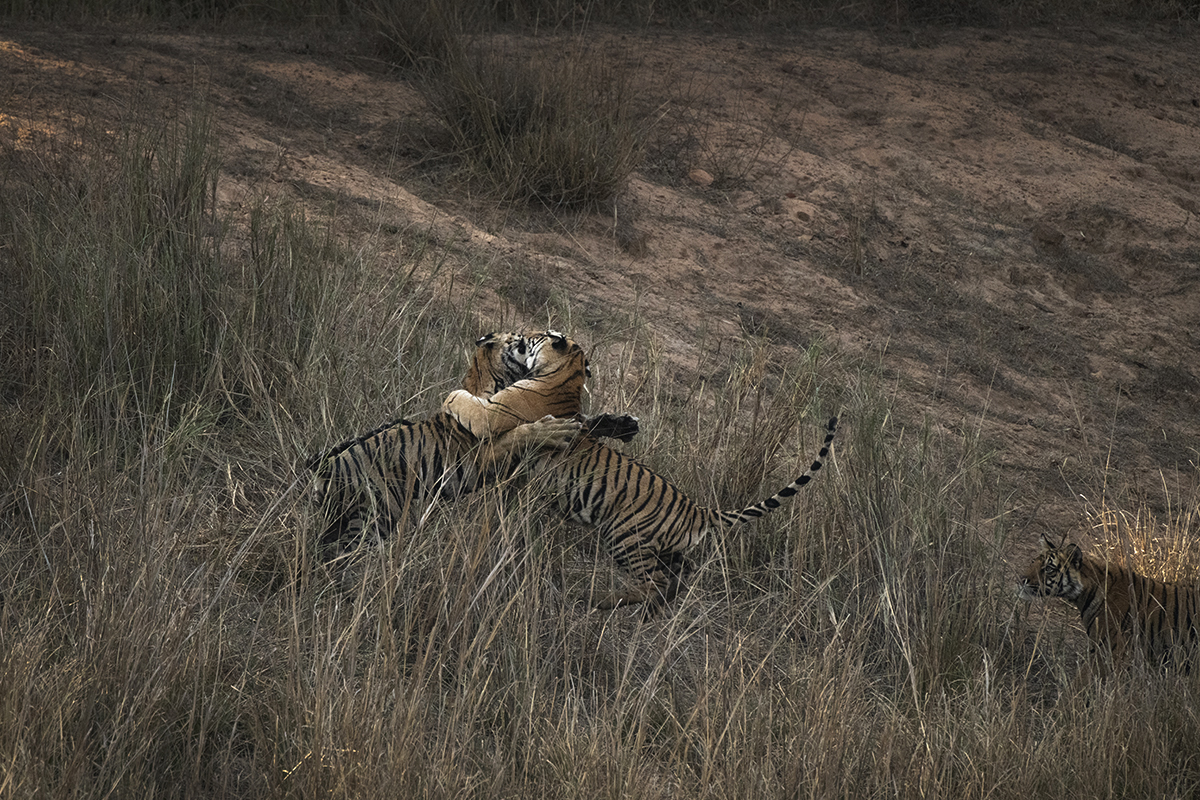
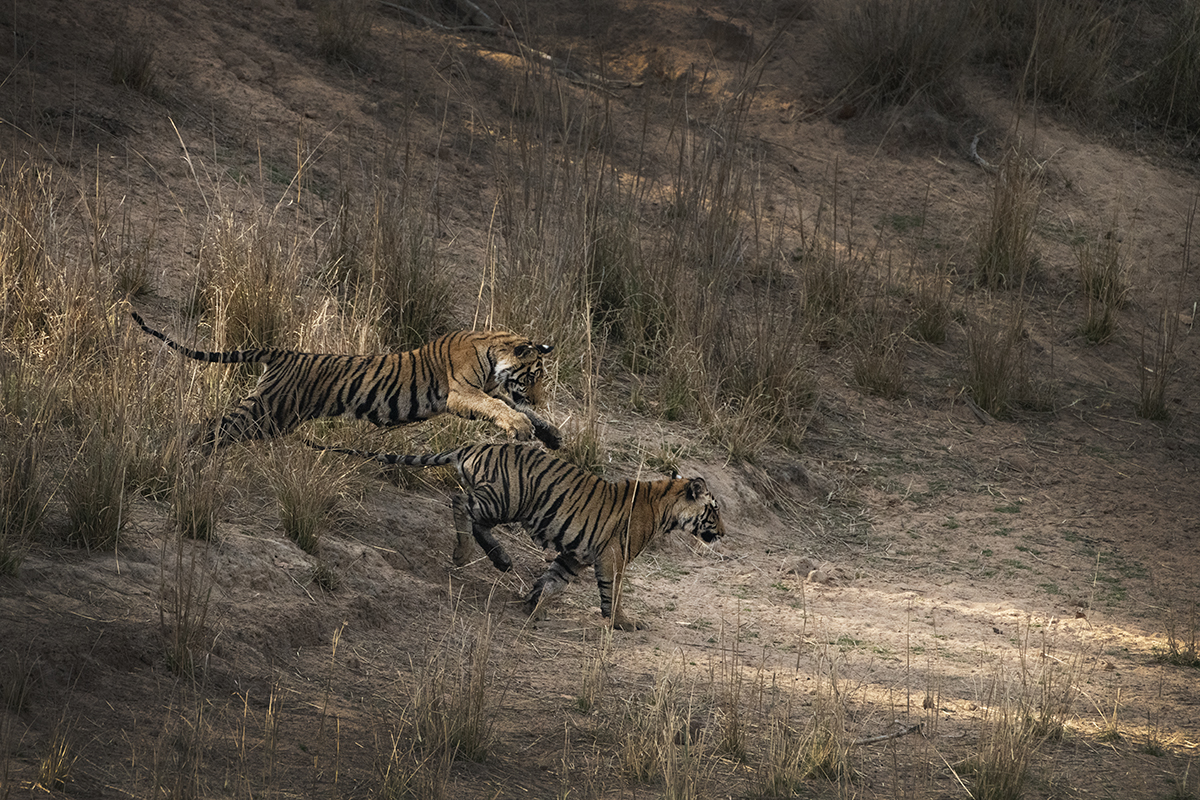
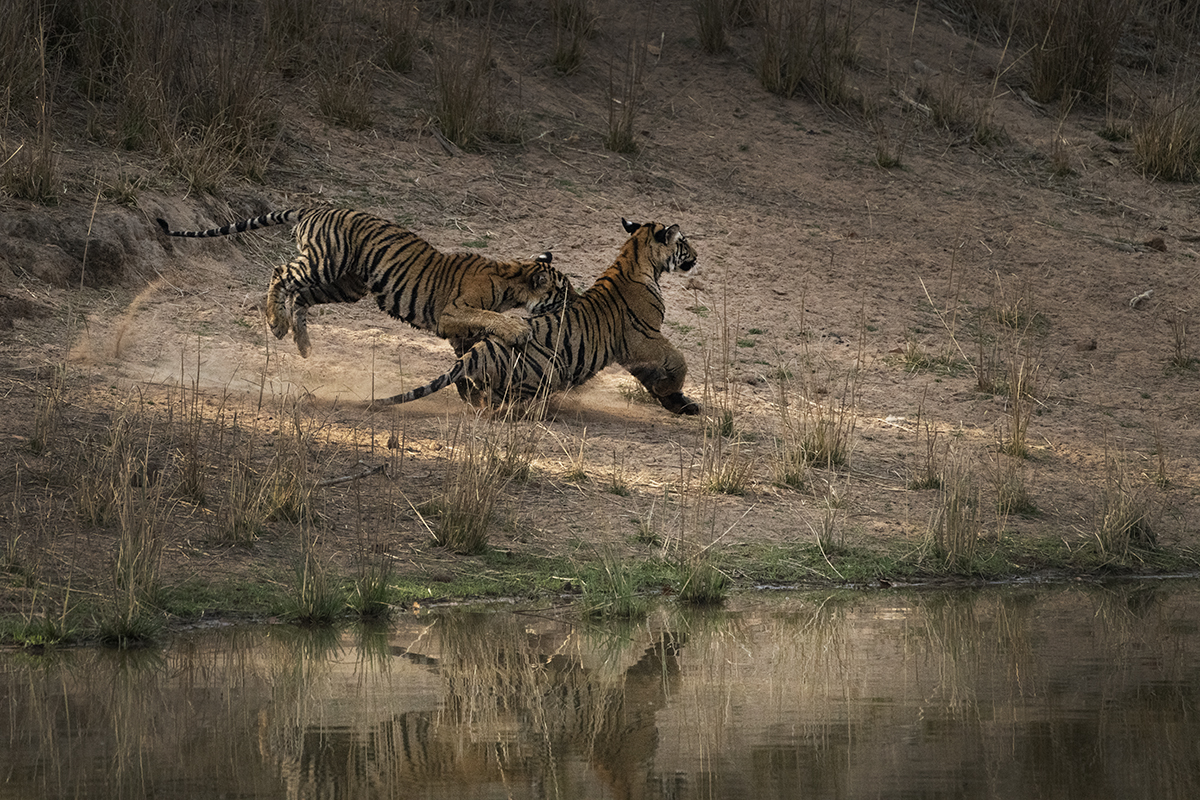
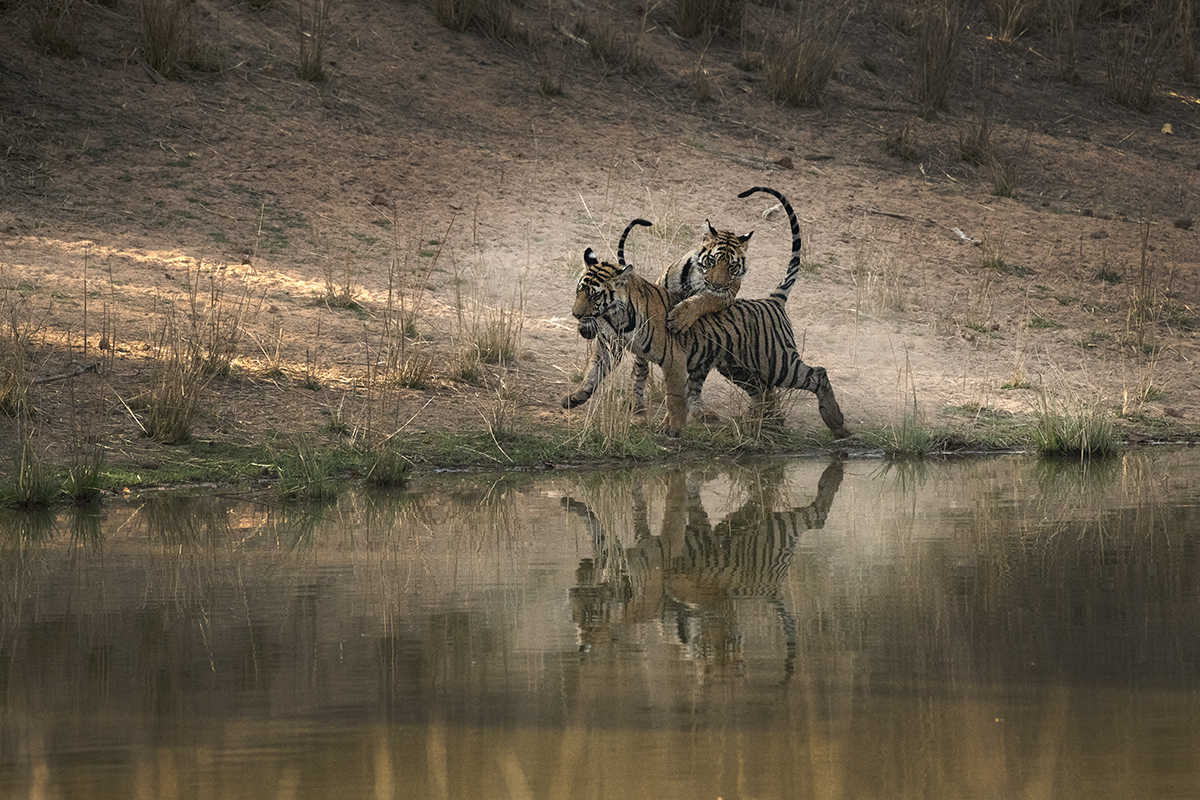
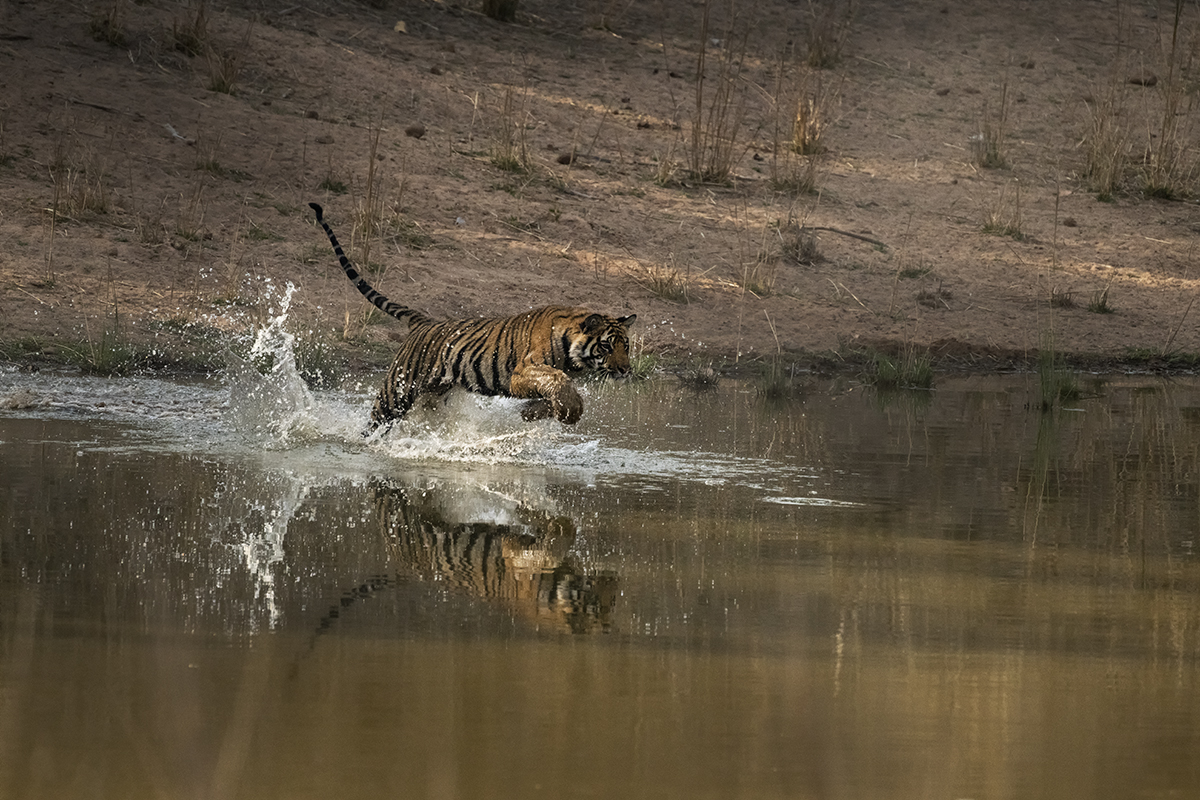
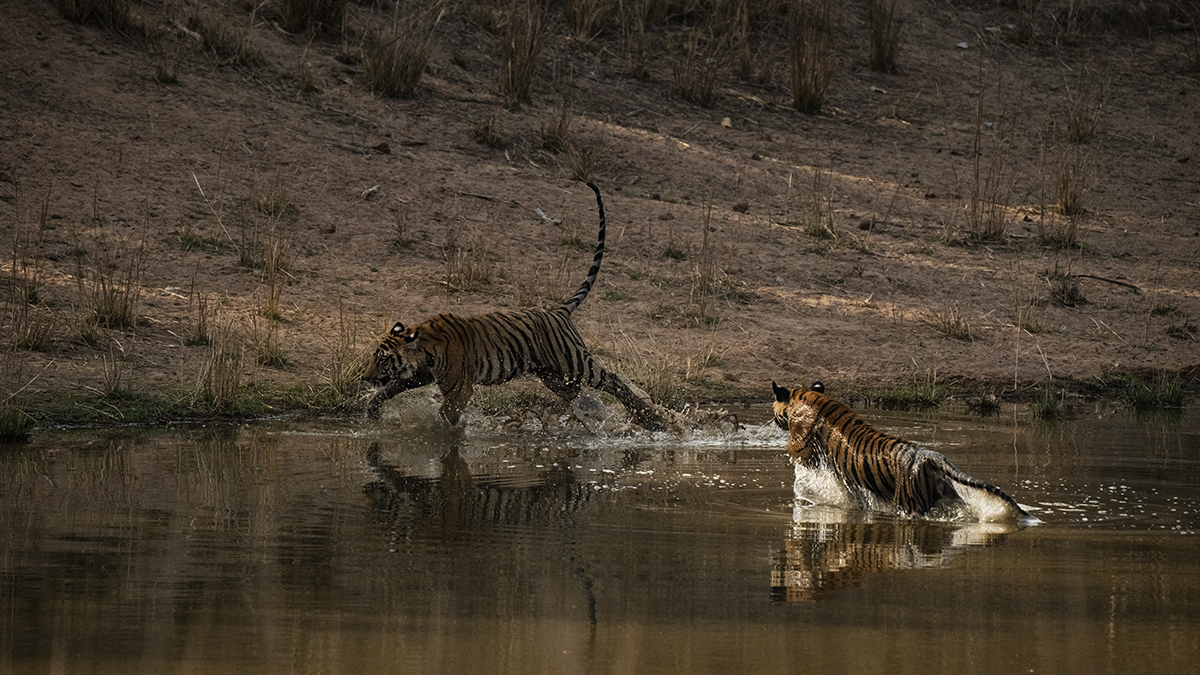
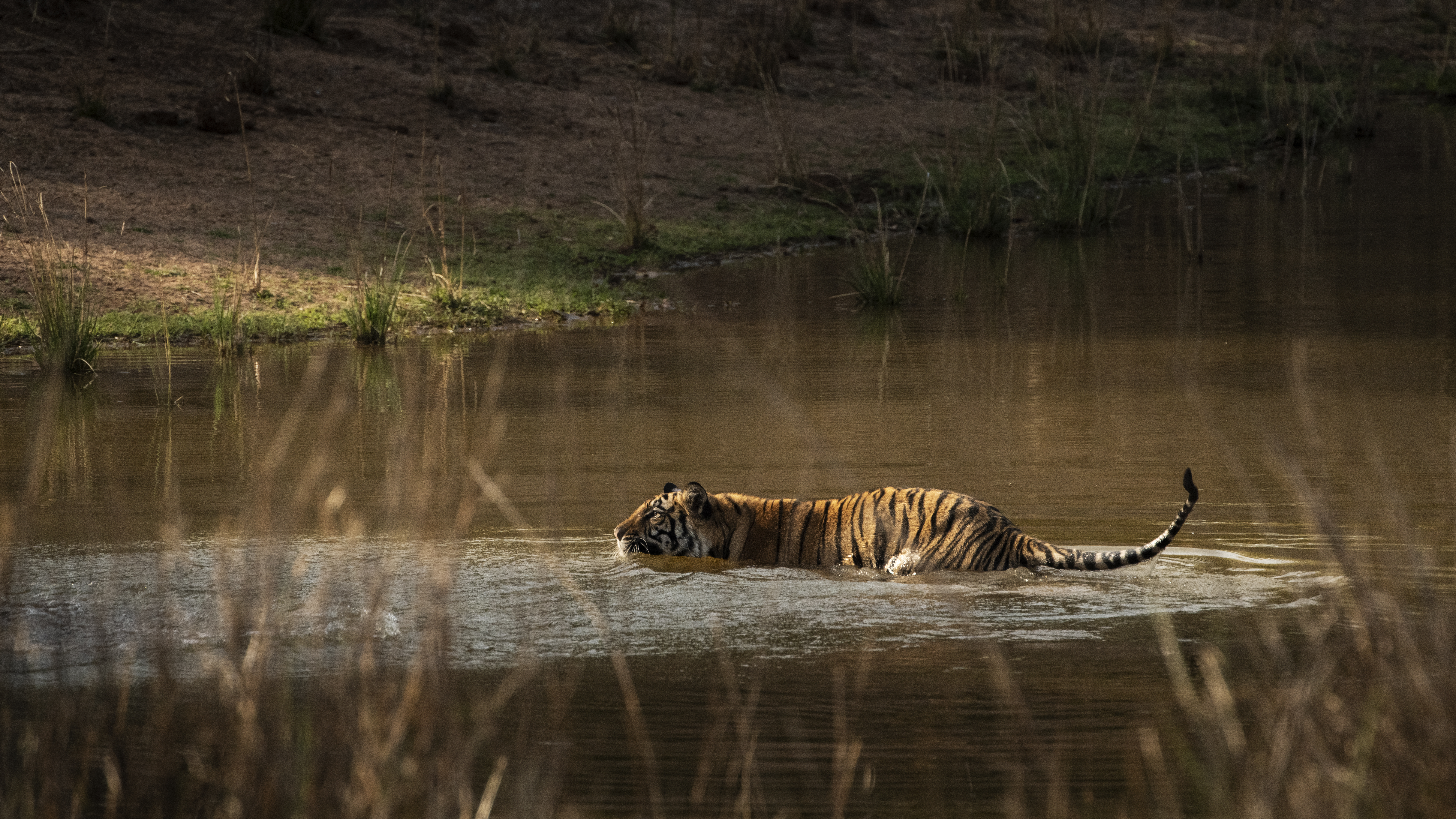
I can understand how someone may become irritated with peacocks if you had them in your backyard. However, if you come from Southern California and spend most of your time in Africa, you may may be inthralled with their beauty.
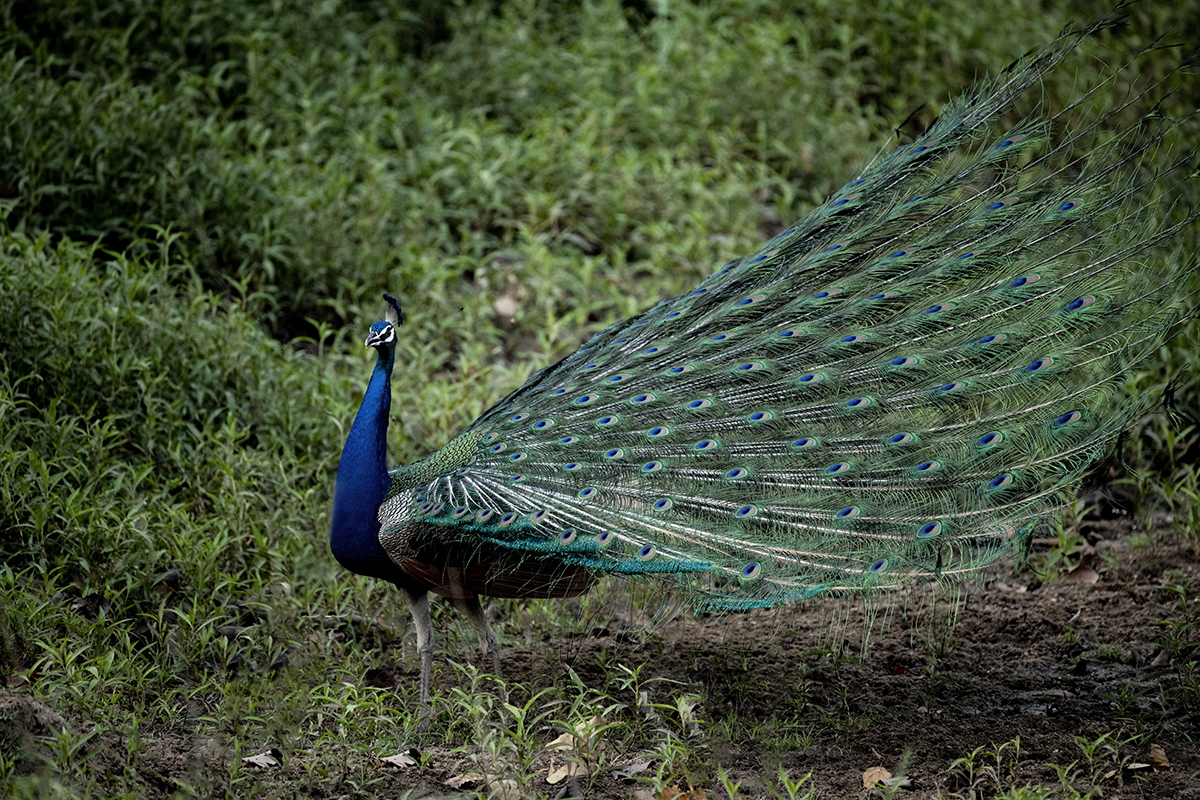
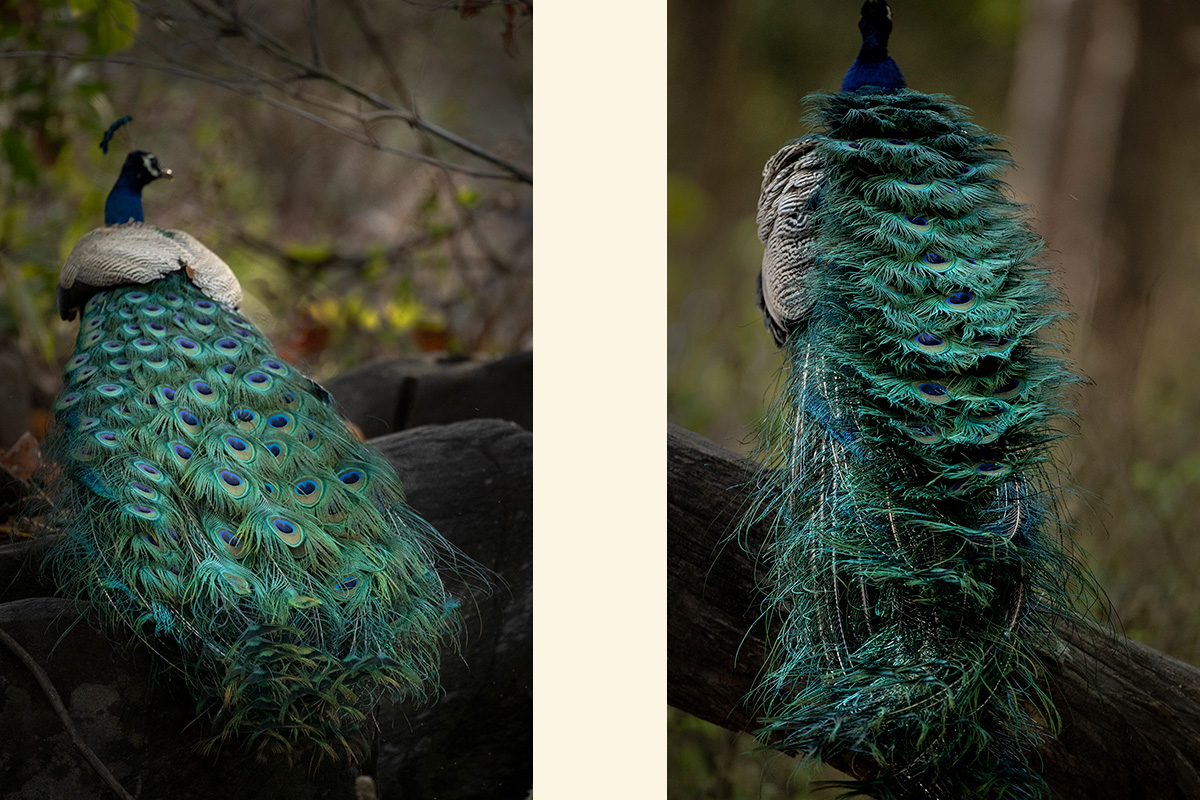
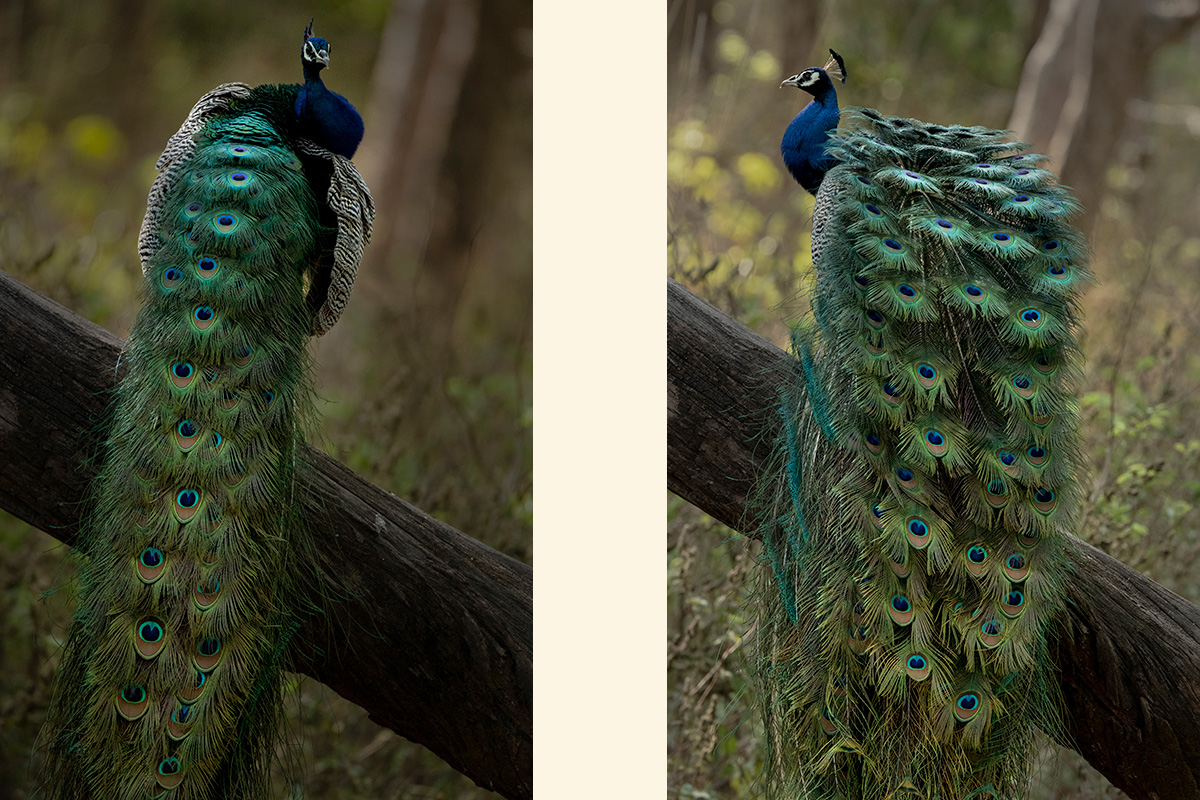
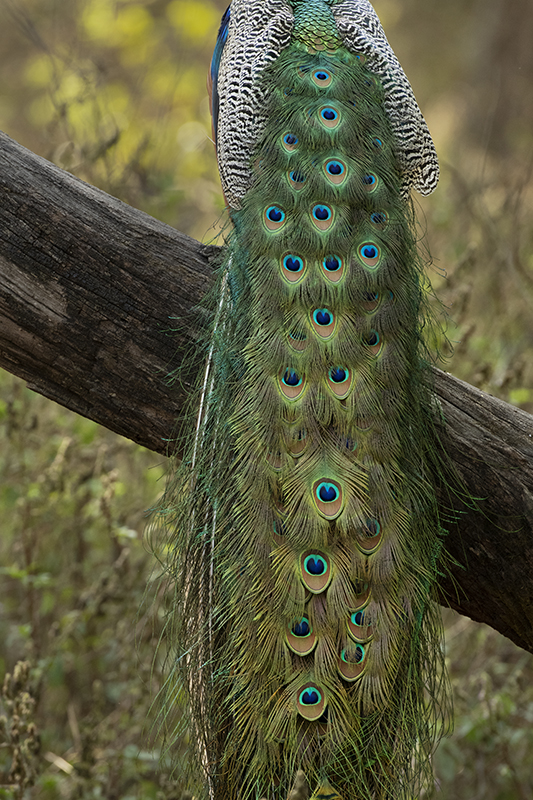
Opportunities for cubs and great evening light, continued throughout our adventurous wildlife and tiger safari.
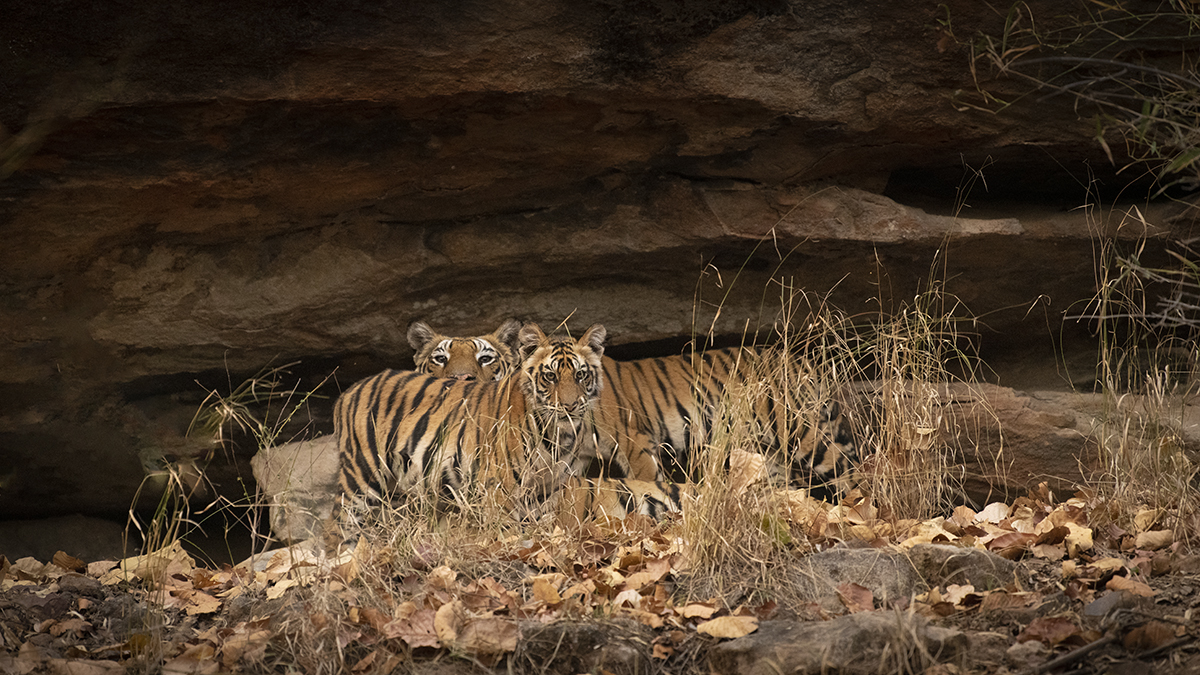
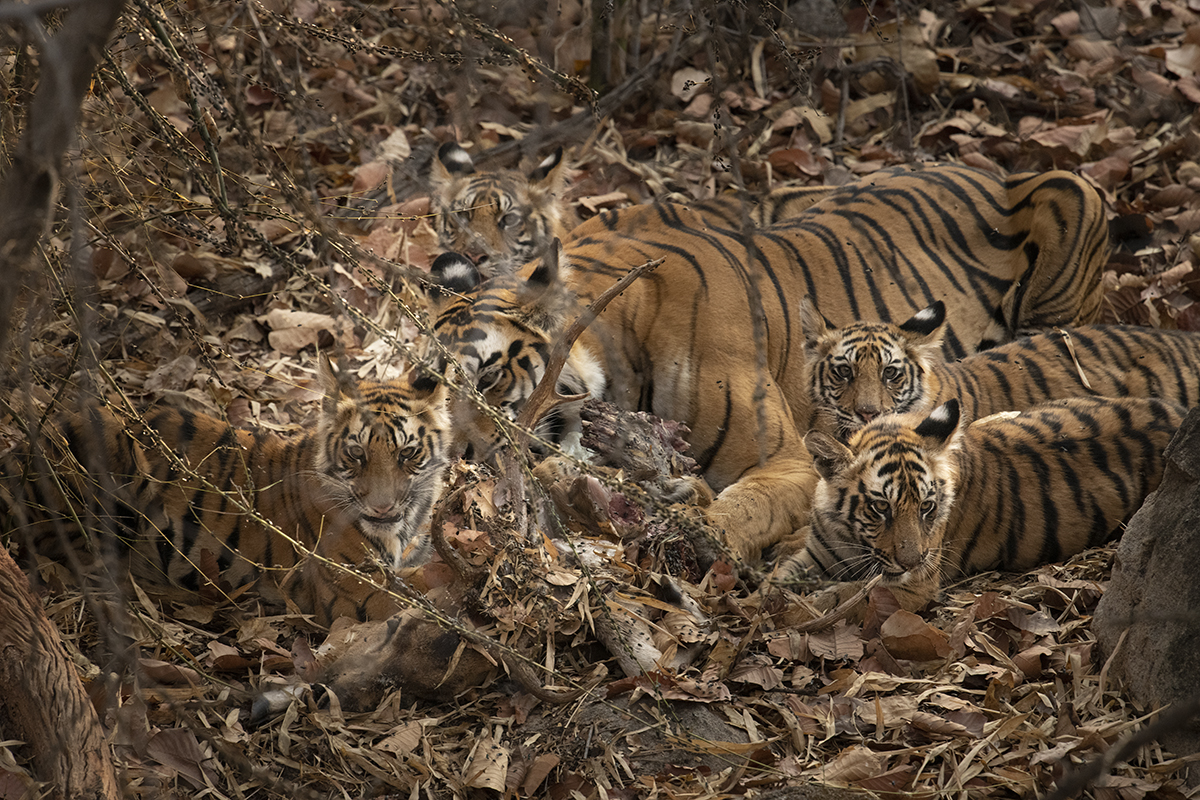
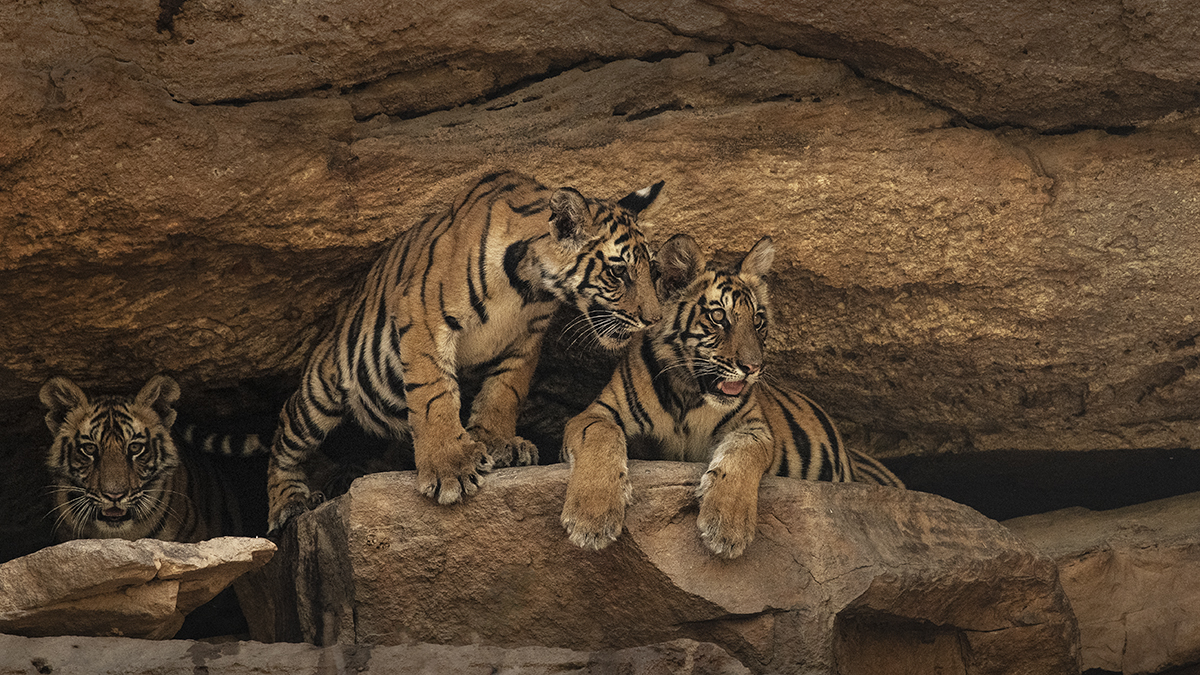
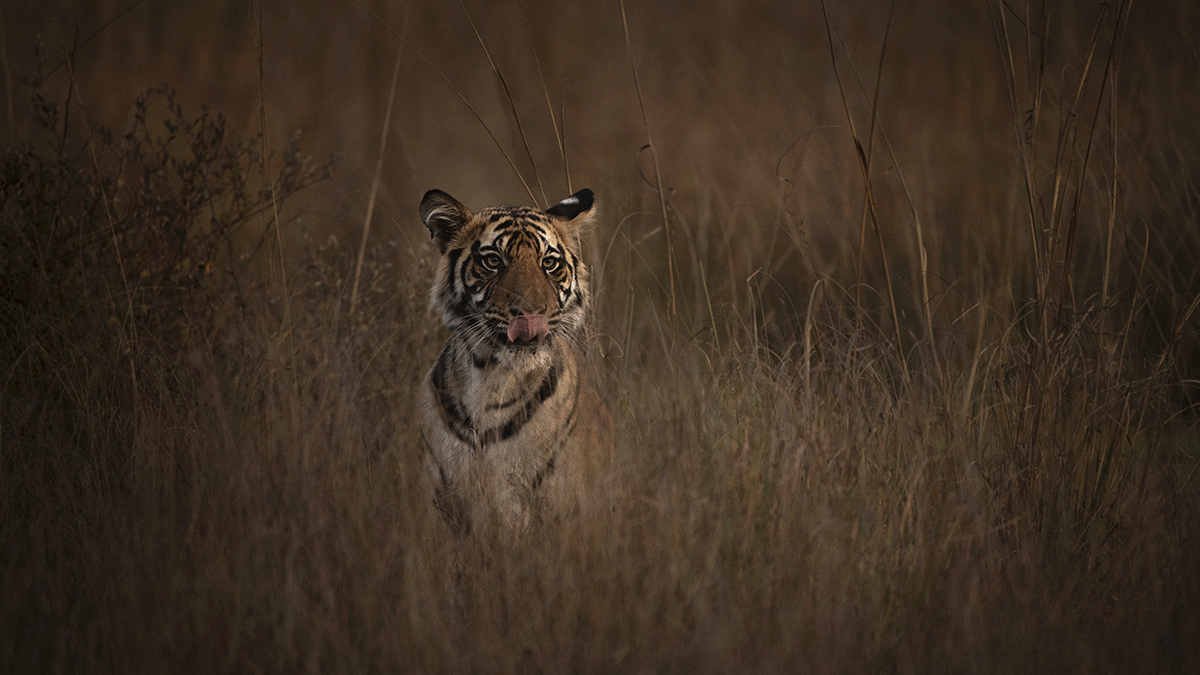
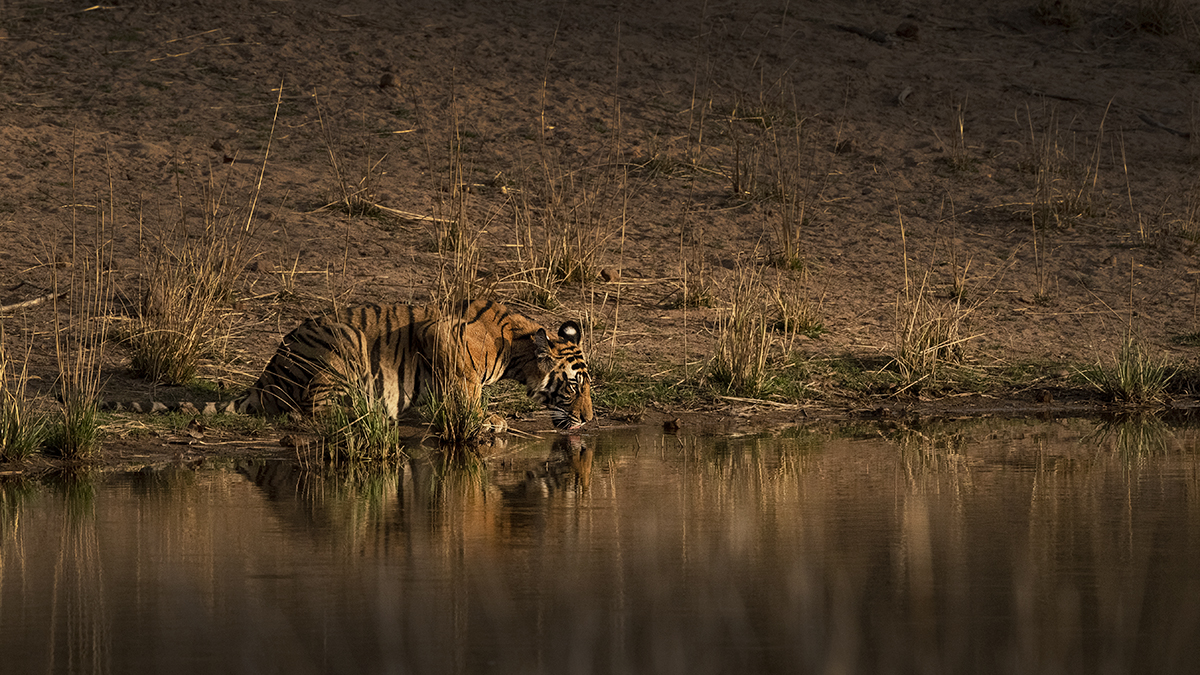
We then extended our safari to the north to see the elephants and the highly endangered one horn rhino.
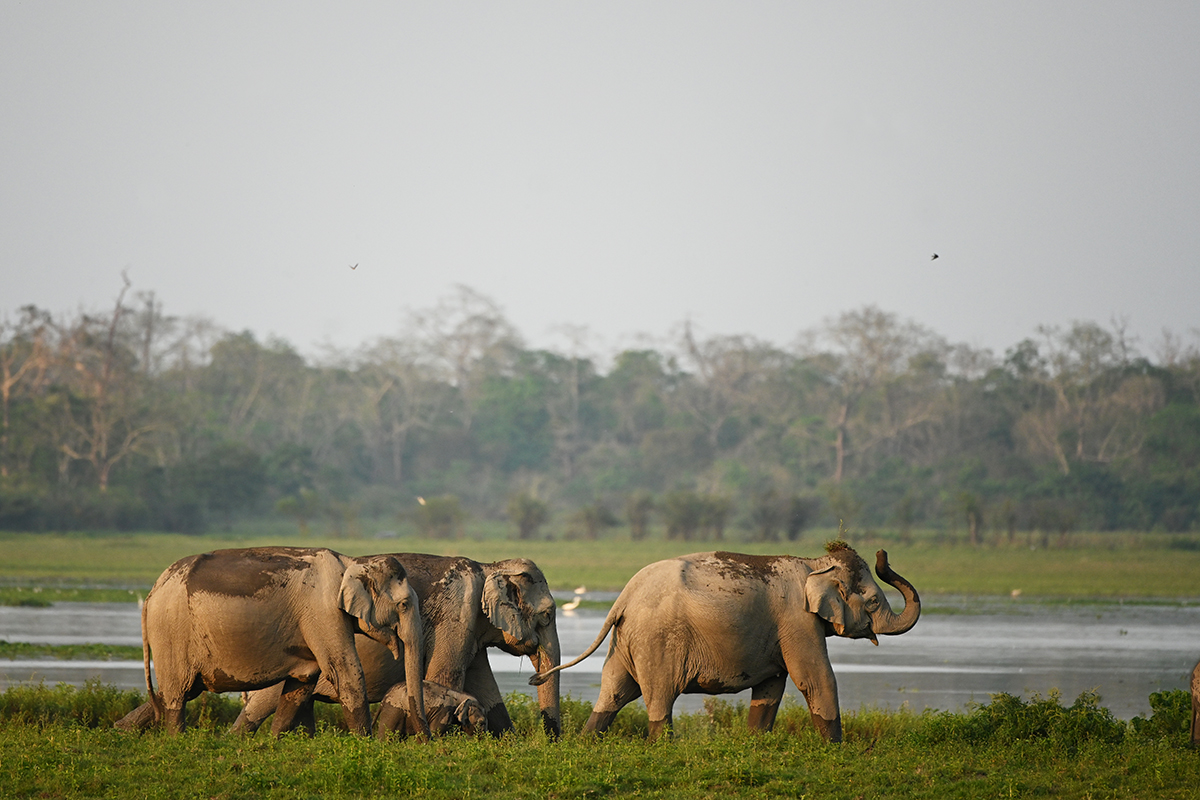
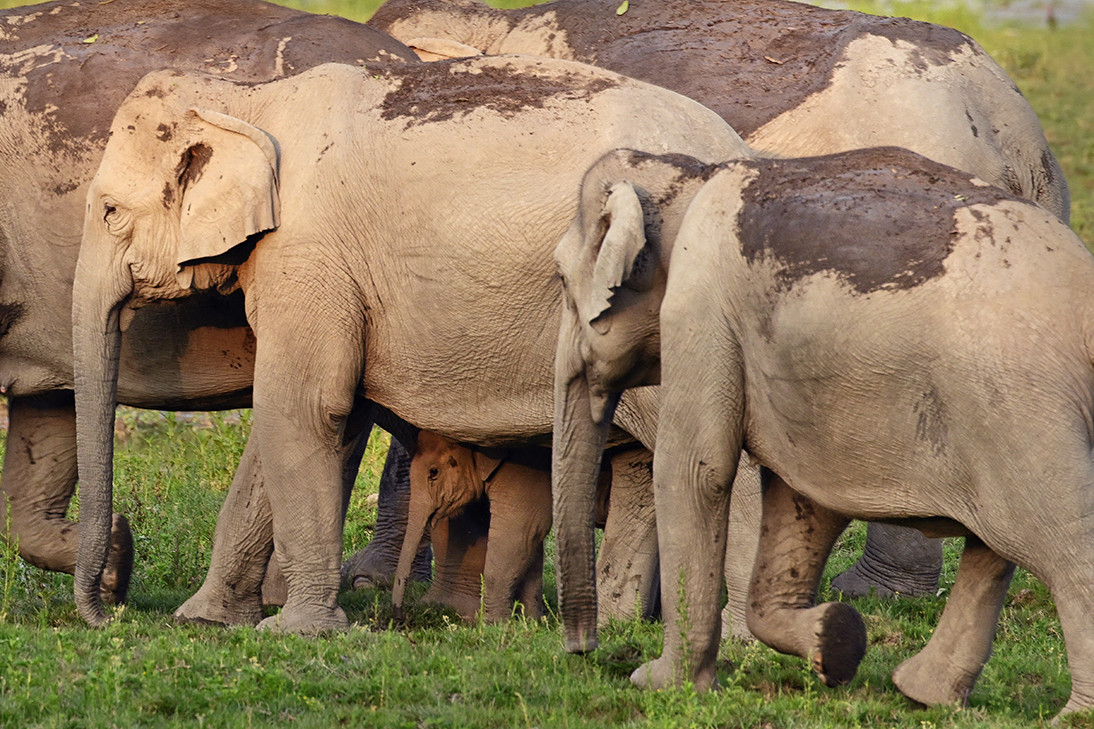
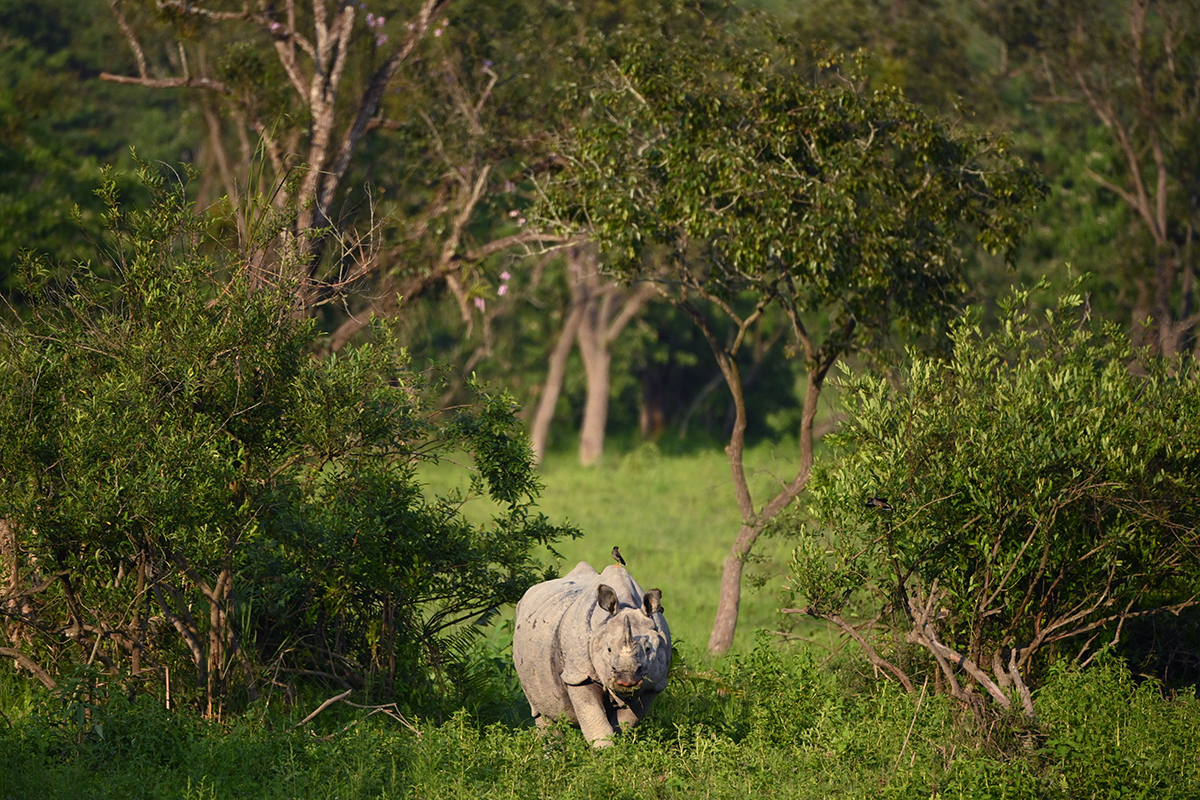
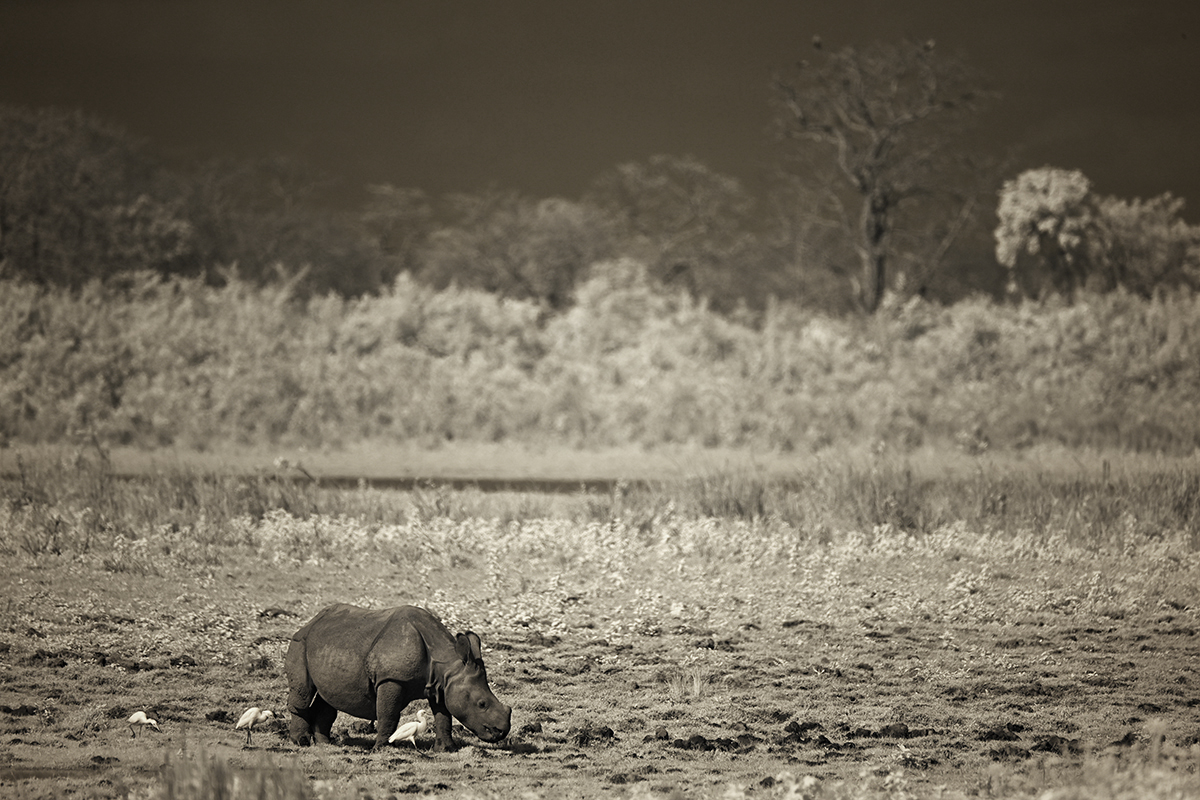
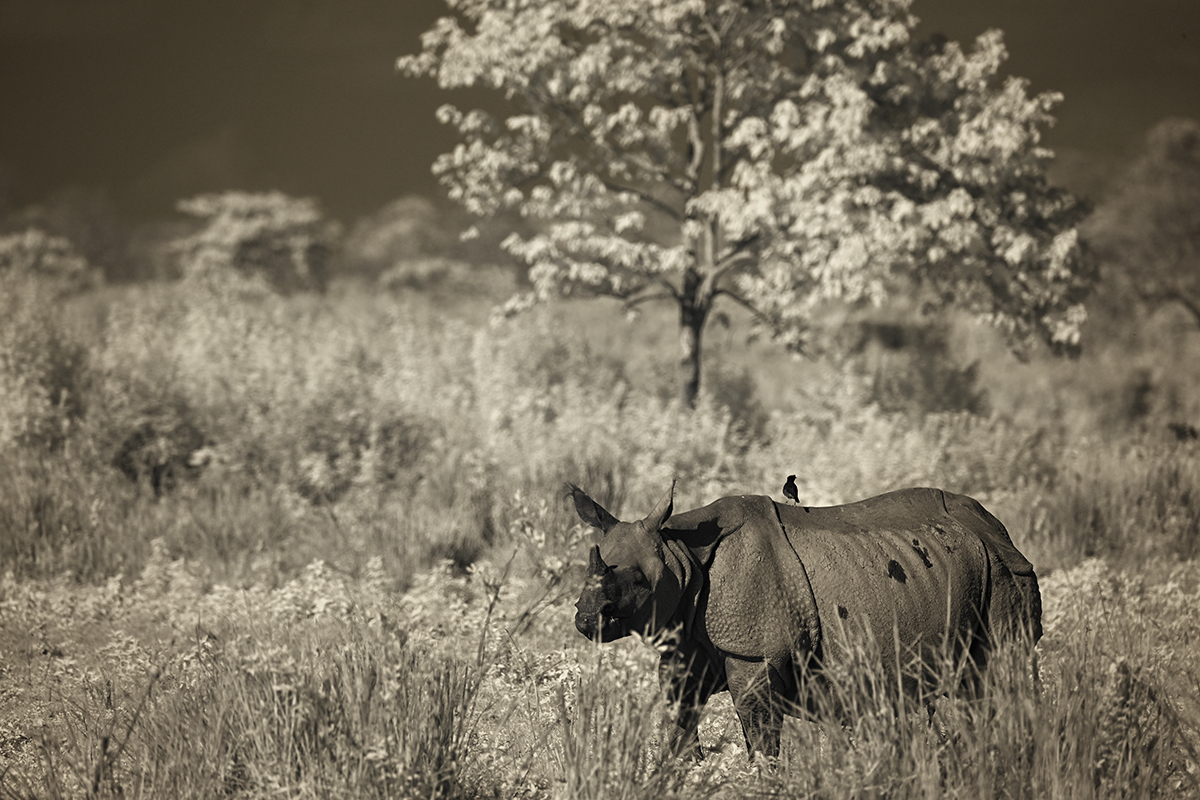
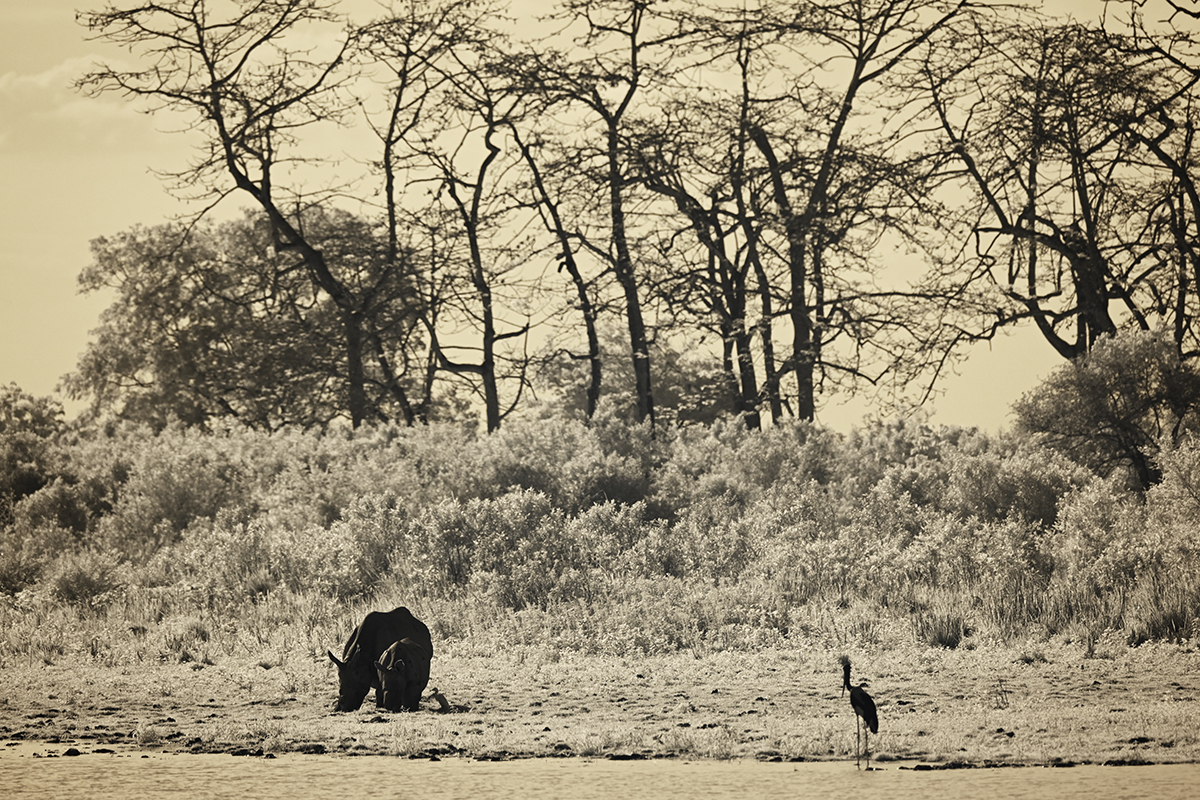
Tiger Photo Safari Tips
PREPARATION
Every moment counts, especially on an India wildlife and Tiger Safari when wildlife is moving through stunning rays of dappling light streaming through the forest. Therefore, my advice as always is to practice your skills before your departure and be prepared to work the magical light. There are ample opportunities to work the contrast light throughout much of the day creatively. I recently discussed this in a post – “Making Harsh contrast light work in your favor”, but in India, you also have the advantage of the forest that filters and softens the light as it floods down.
SAFARI BAGGAGE
India is its own unique experience, so don’t come with the expectations of an African Safari. Come with an open mind and embrace the excitement of a new and different safari adventure.
PLAN, RESEARCH, AND STRATEGIZE IN ADVANCE
If you want to stack the deck in your favor, I highly advise doing your research well in advance – from the knowledge of the breeding Tigers, to hand picking driver and guide teams, to understanding the zone system and how to get around them. If not, and you just pick a lodging package, especially one tied to a particular zone, you may find yourself in the disappointed category.
DRIVER AND GUIDE TEAMS
Radios are not used, and networks are iffy, so mobile phones don’t work in most reserves. Real Tracking skills, the relationship of the driver and guide, their ability to work as a team, have a relay calling system, and their experience of working with professional photographers and film crews all become huge factors in stacking the deck in your favor.
GO WITH A SMALL GROUP
Yes, wildlife photography is thrilling, but it can also be tedious as you patiently wait for the great moments. Depending on how close and far into summer you are pushing it (April and beyond), you may be dealing with some pretty high temperatures. Sitting amongst like-minded people with a sense of humor and adventurous spirit helps to pass the time in a much more enjoyable way.
In a small group, with a few vehicles, you will also have the advantage of sending a vehicle to check on sightings in other locations and report back. You can also send a vehicle back to bring lunch (if you have all access passes) or sneak in some refreshing beverages if you are waiting it out in the heat of the day. After all, there is a high chance the cubs will come down to the waterhole to cool off and play.
DON’T BE TOO TIGER – CENTRIC
Unless you are on a specific tiger photographic assignment, try your best not to be or become too Tiger Centric. Enjoy the entire experience and focus on all the great unique natural lighting and beautiful forest settings for all the wildlife. Understandably, the Tiger is the grand prize, but when your focus is only on the tiger, you are probably setting yourself up for frustration. In that state of mind, when the great photographic opportunity comes, your creative head is in such a negative space, the odds are high it will affect and reflect in the images you capture.
PERSPECTIVE
No matter how much you plan, which can build expectations, always keep the realistic perspective this is wildlife – roaming as they wish and when they wish – their behavior is not on command….LOL. The world is changing rapidly, and we are so lucky to still have this unique experience with such exotic species. Don’t ruin your experience in nature with false expectations. Savor every moment in the field and the sheer diversity this wildlife experience will bring.
GEAR
Of course, with any wildlife photography tips, one must talk about gear. There are so many great systems and choices on the market – all that can produce great images if you have homed in on your skills. In wildlife photography fast glass, 2.8 or 4.0 fixed will always give you an advantage. Before I left on the India wildlife and Tiger safari, I wrote a post, “What’s in my Gear Bag – Tiger Safari”; if you are interested in the exact gear I brought. Due to the limitations of movement off the roads and the unpredictable movement of wildlife having a fast lens with range would continue to be my choice. I used the Nikon 180-400 4.0 and the 70-200 2.8 for most of the safari.
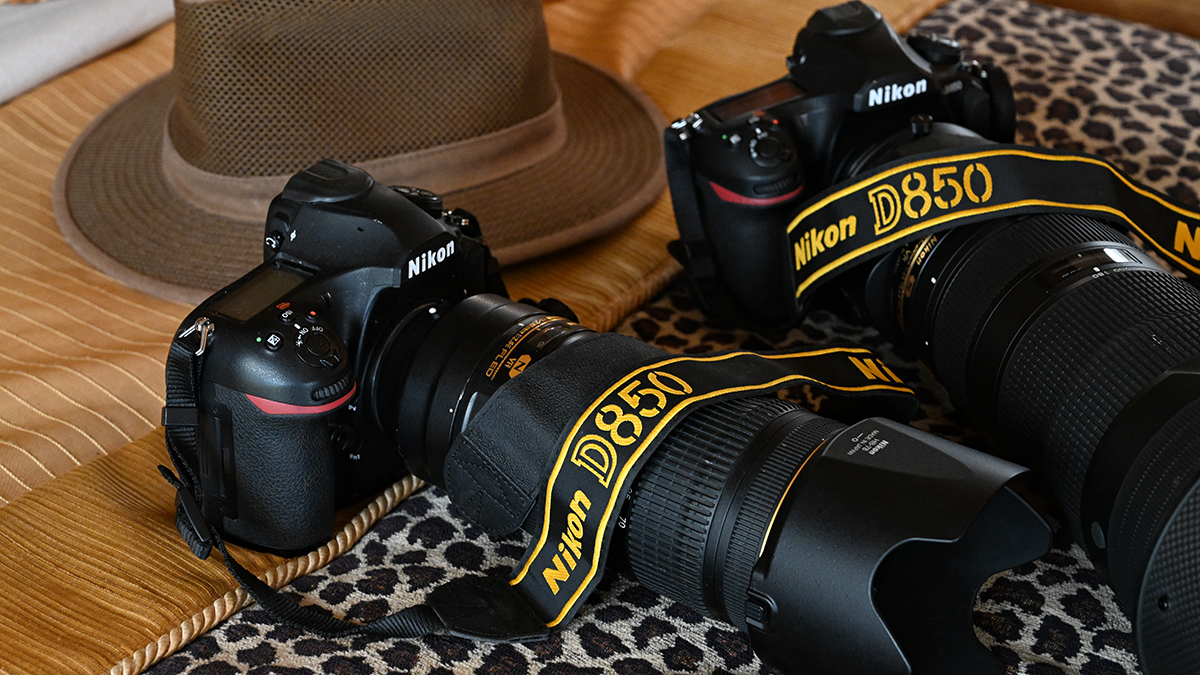
I am excited to offer the India wildlife and Tiger Safari again in 2020, but then the wise strategy is to sit on the sidelines as it will all change with the movement and behavior of the multiple females with cubs we have now, who will be grown up and heading off to find their own territories.
Although my work will be heavily focused in Africa in 2021, as I have been treading into new and exciting areas across the continent, which I have chatted about in recent newsletters, I am thrilled I was able to get past the bad rep that an Indian wildlife safari has been given. It just has not been my experience. As they say, luck happens when preparation and opportunity meet. The incredible wildlife challenges in India added value to my skills and diversity to my safari experiences.
May you continue to seek out new and exciting experiences and thanks for being a part of this journey.

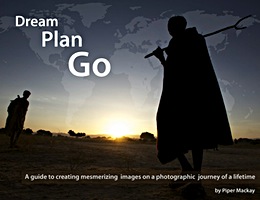




The only word needed for me to sign up for this trip was “Tigers”. What a great trip. All of Shivang’s experience with Tigers and your attention to details for lodging, food and great guides just made it a great experience. India is
a fascinating place. I just finished ” A Decade With Tigers” by Shivang Mehta and the book has enhanced my experience there with the Tigers and the rest of the wildlife there. The frosting on the cake is the photos and memories that will be with me the rest of my life. Thanks